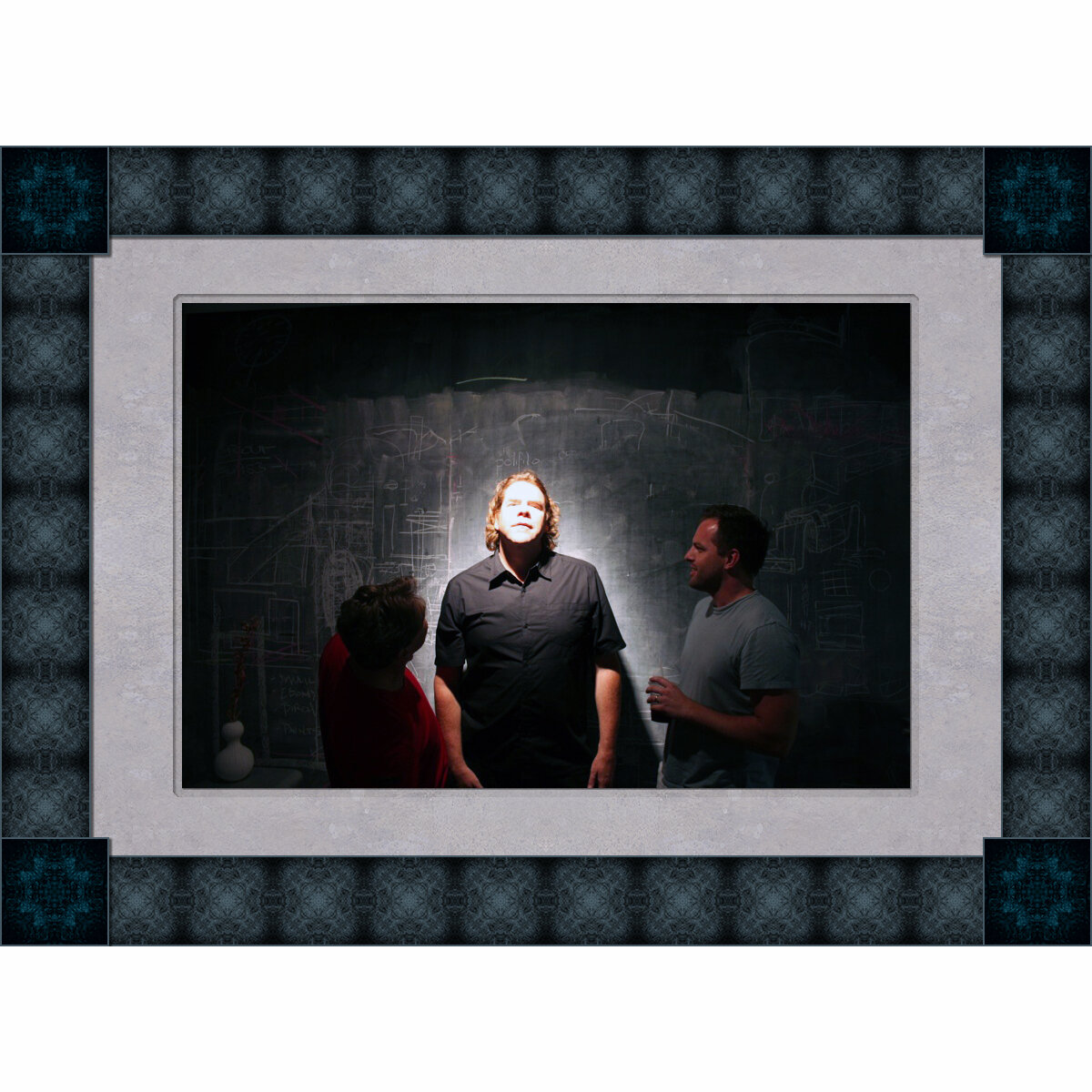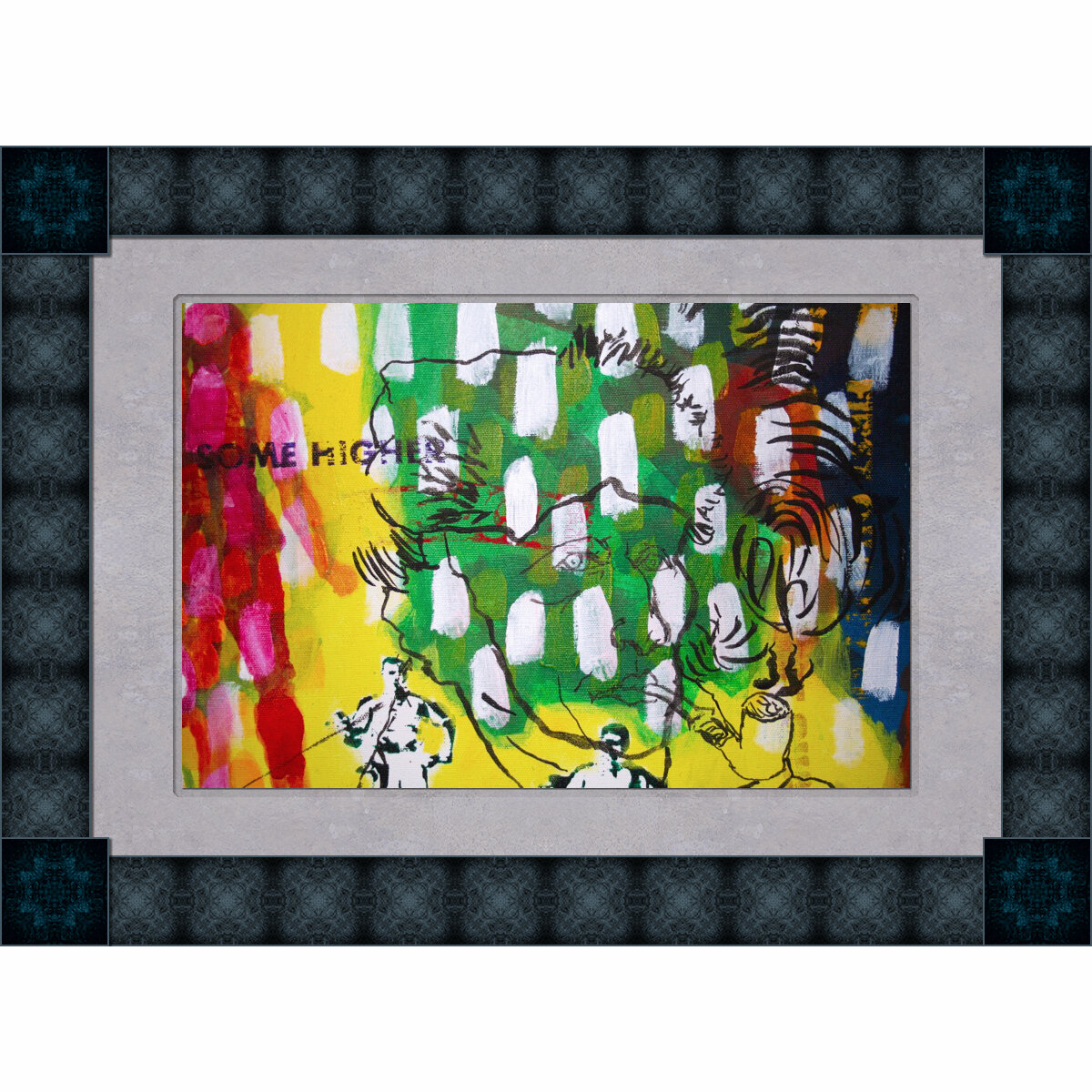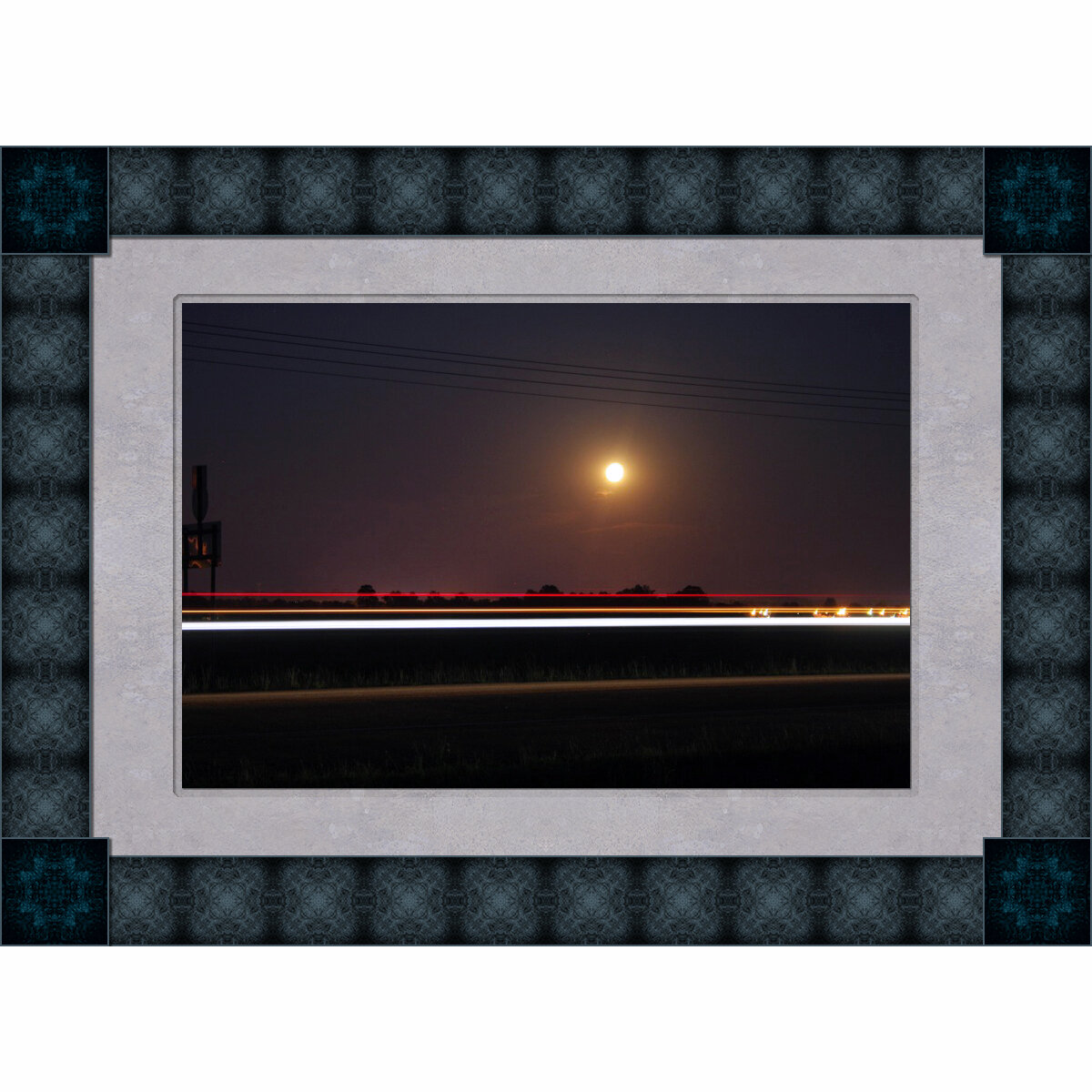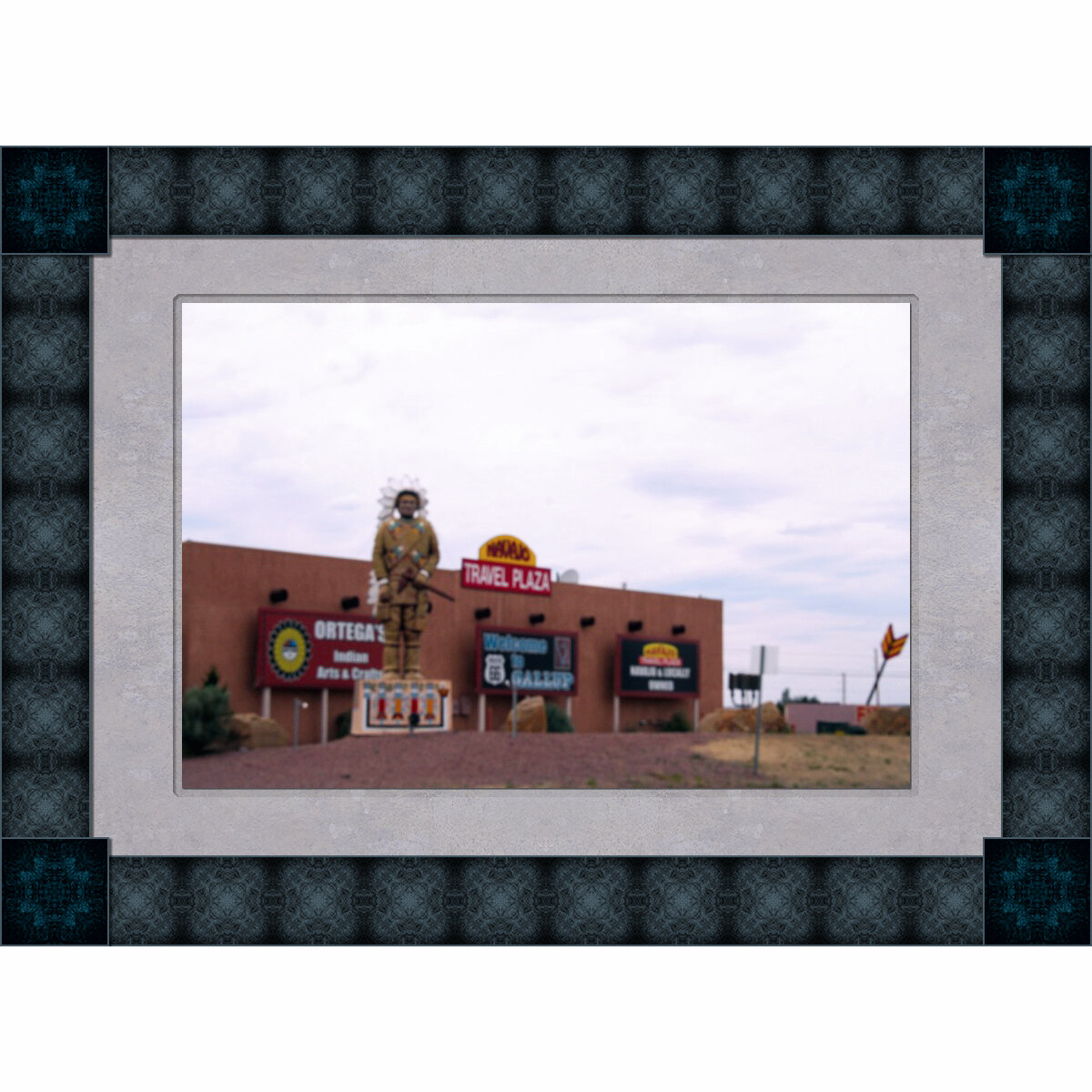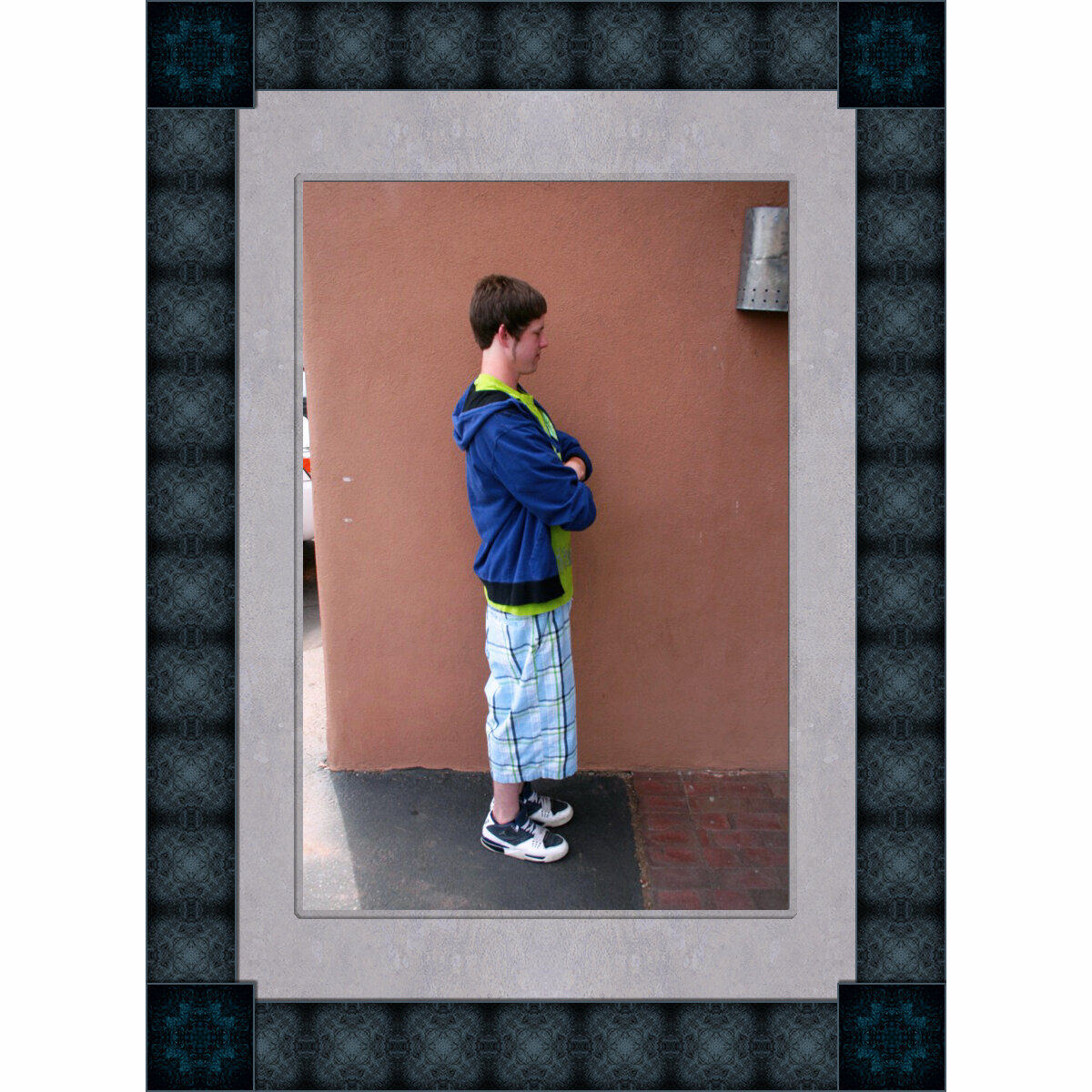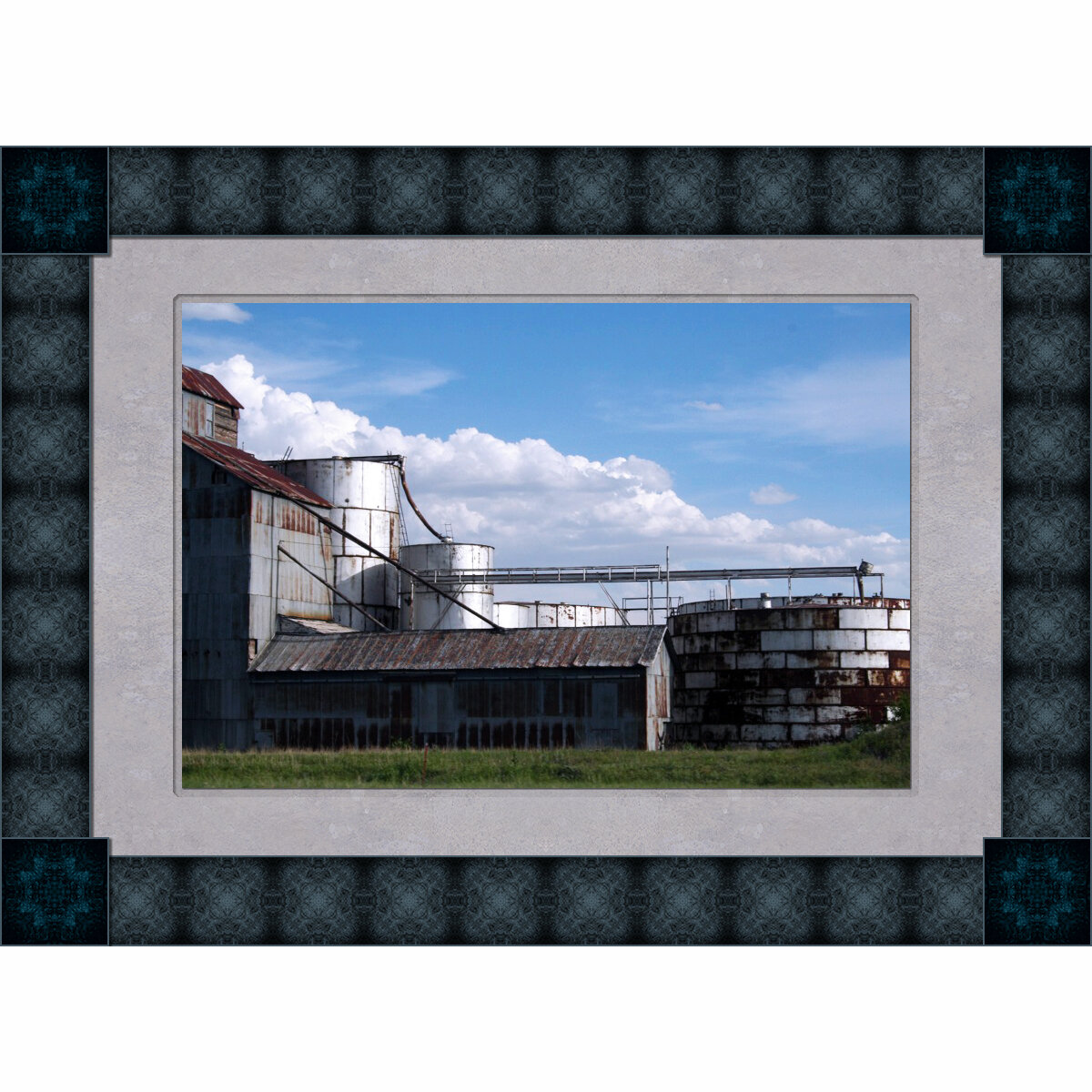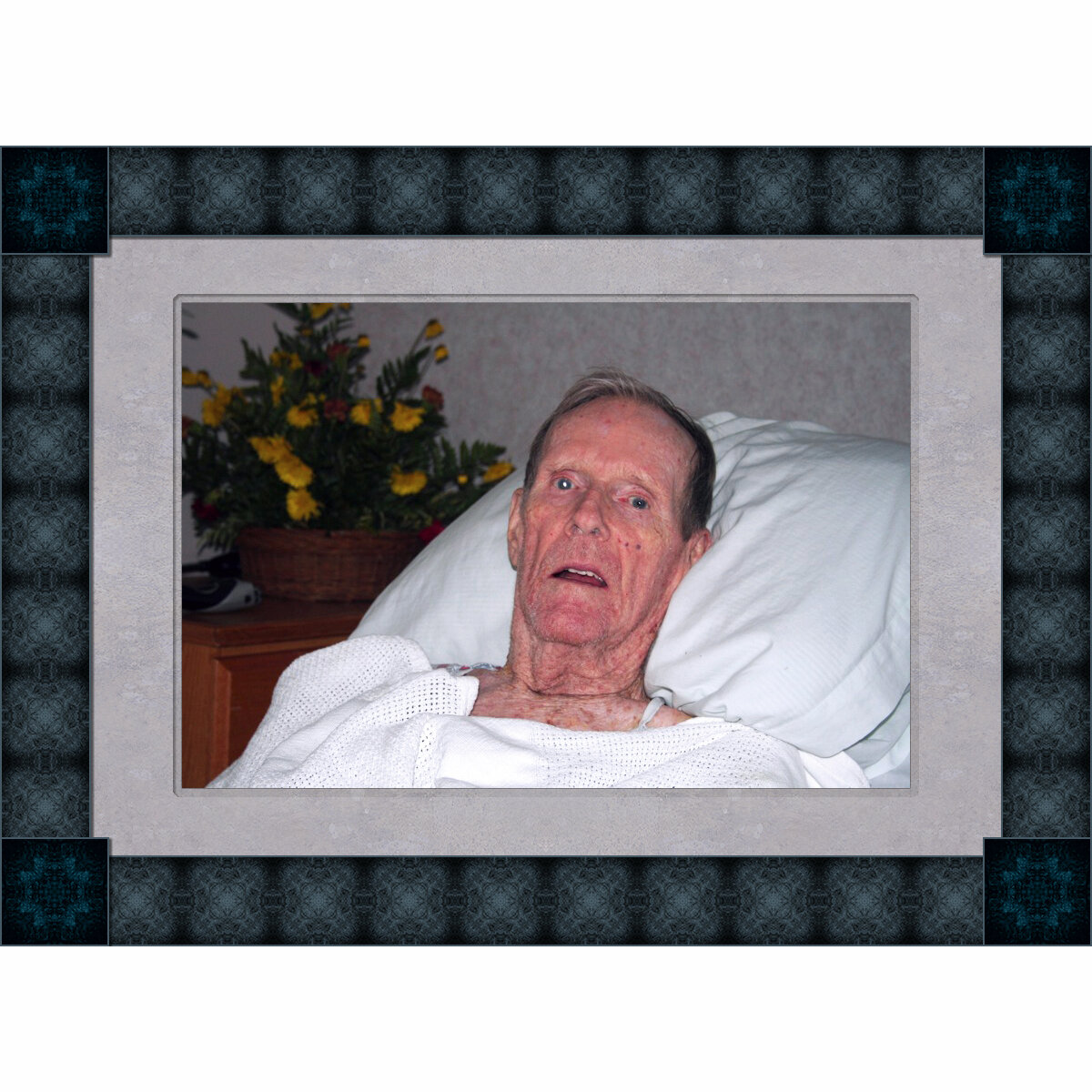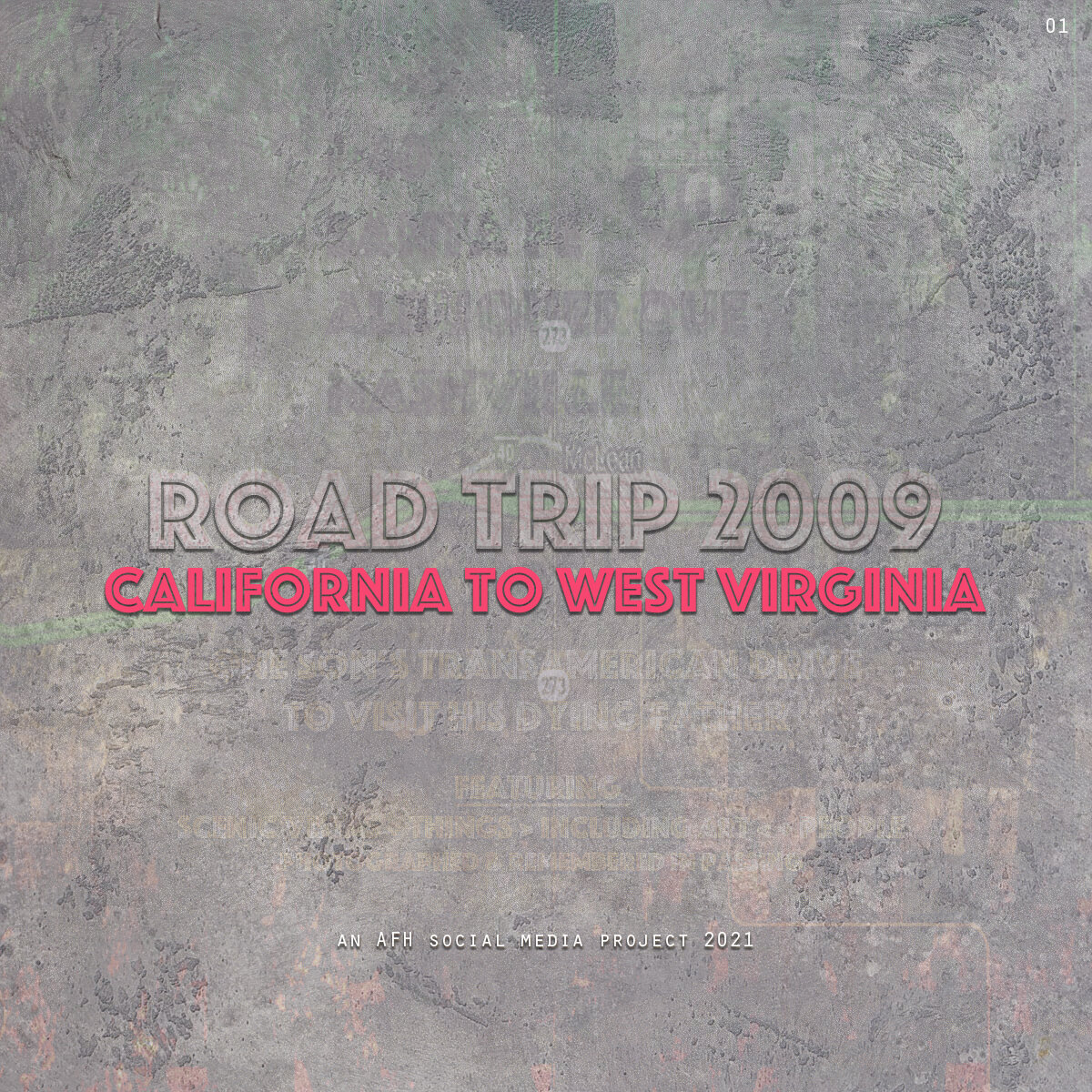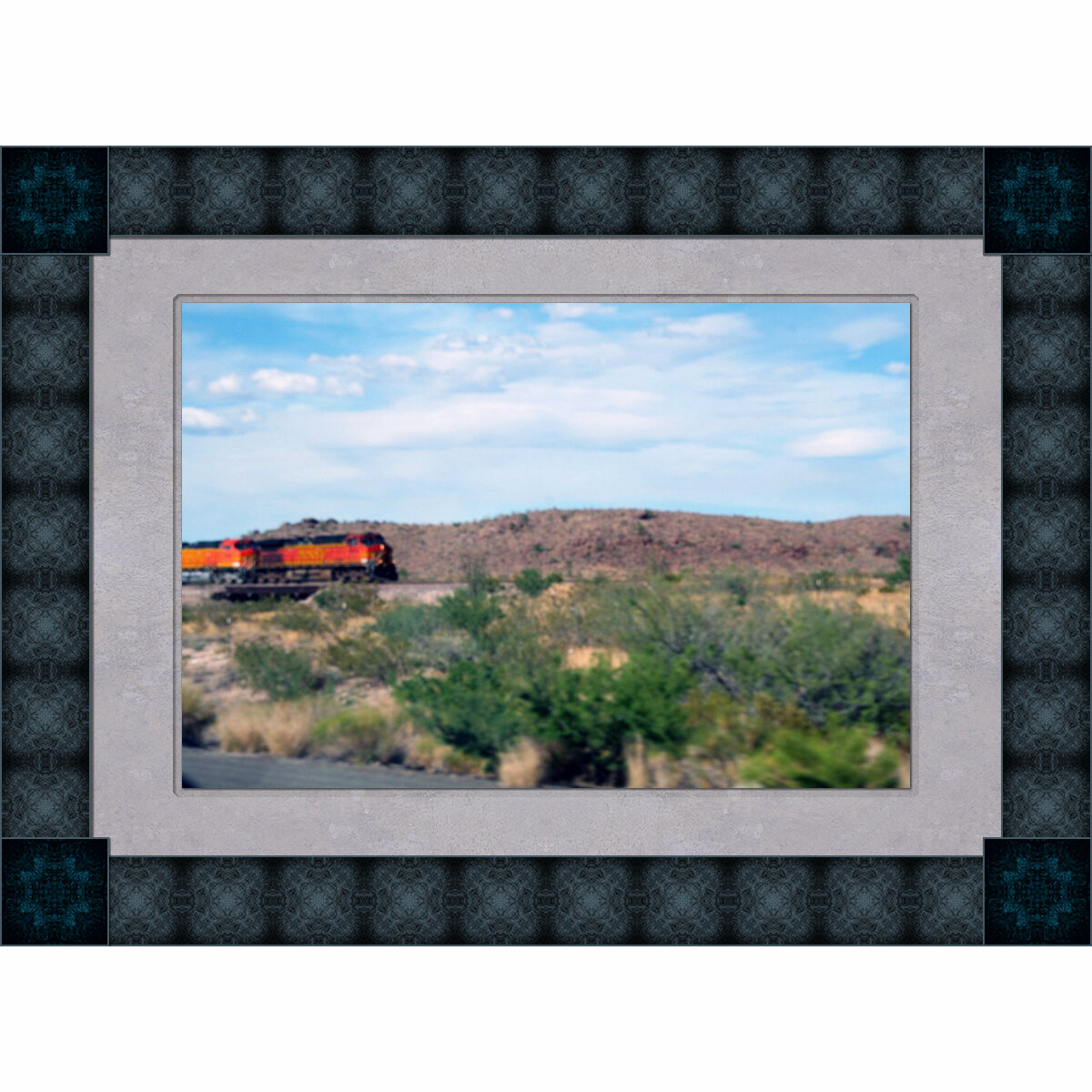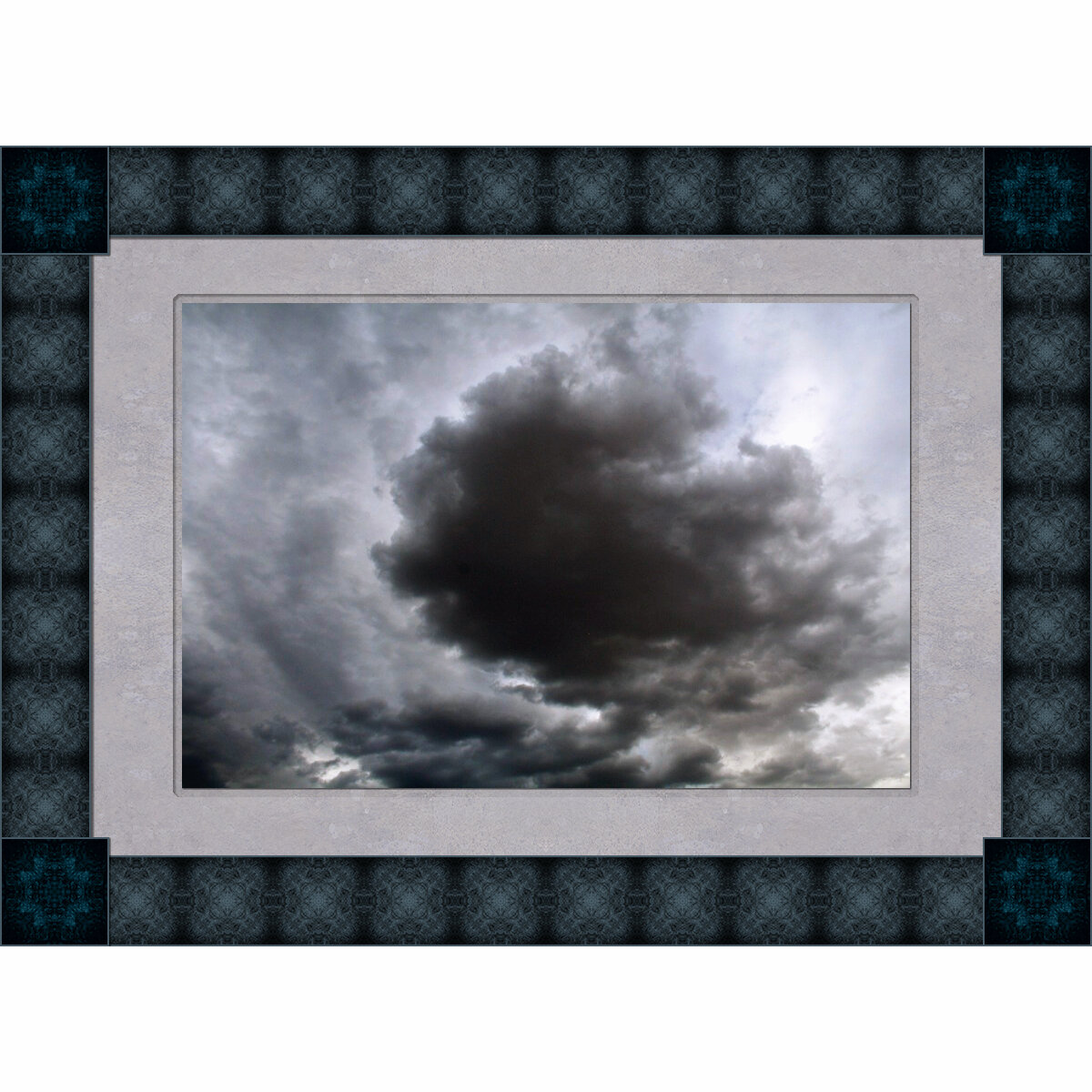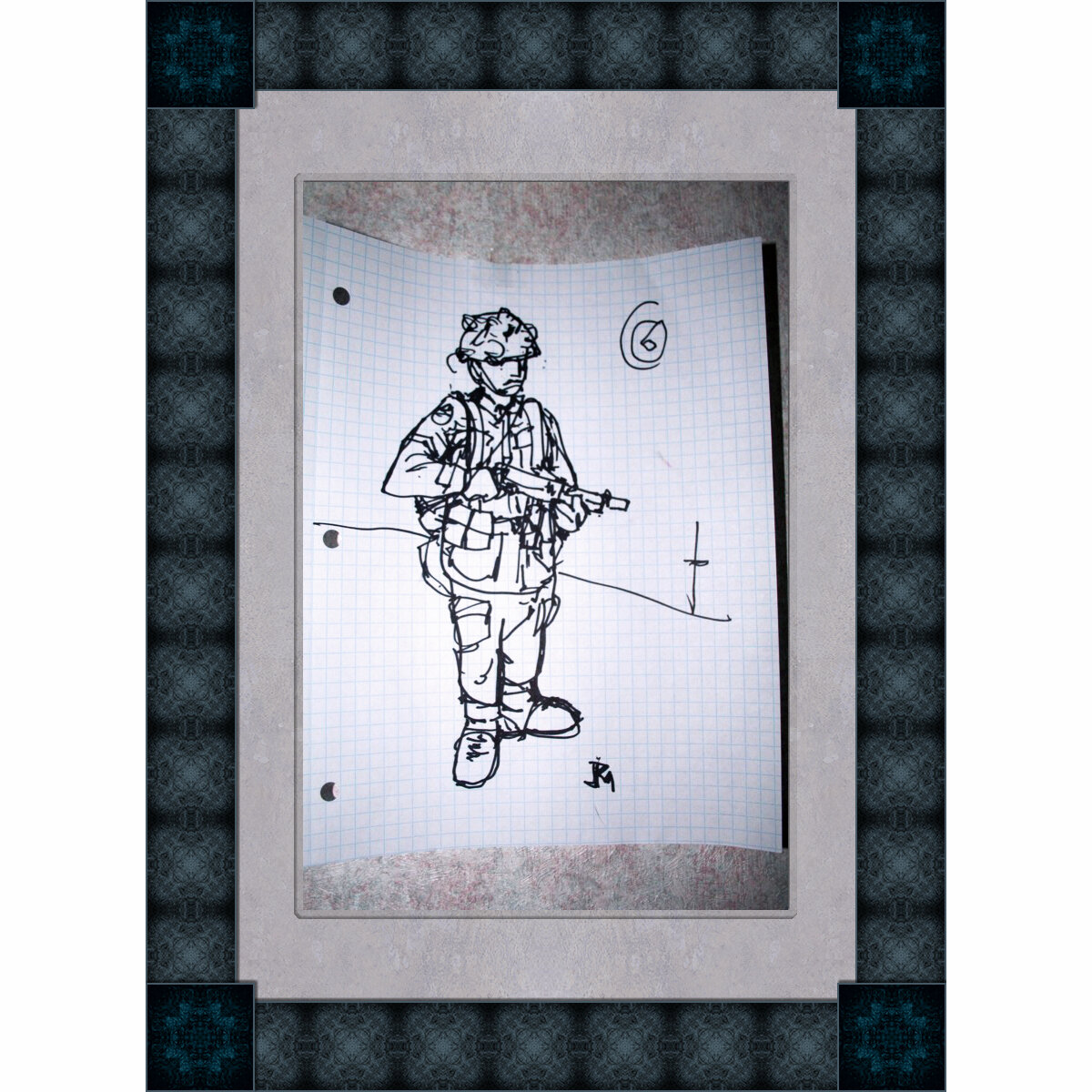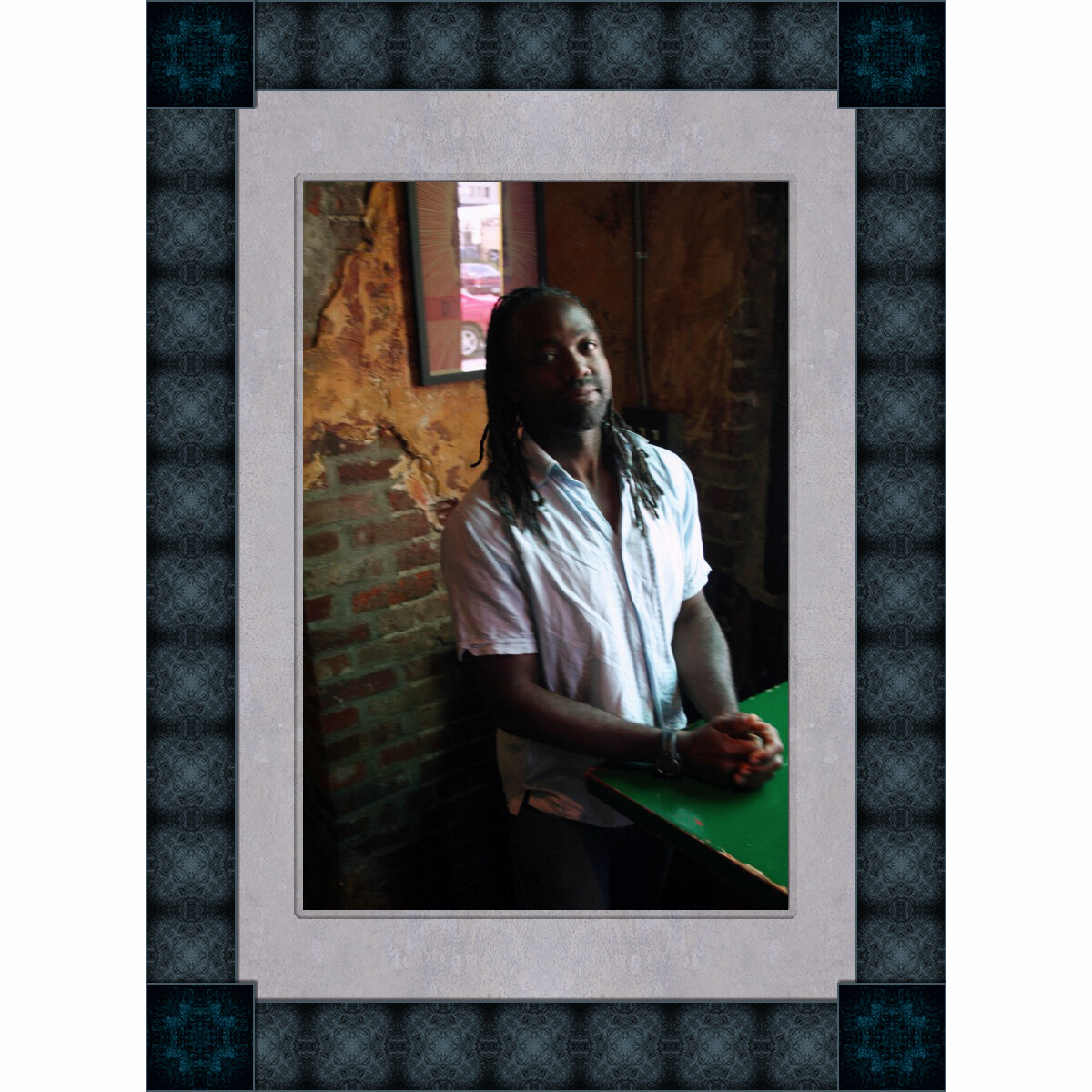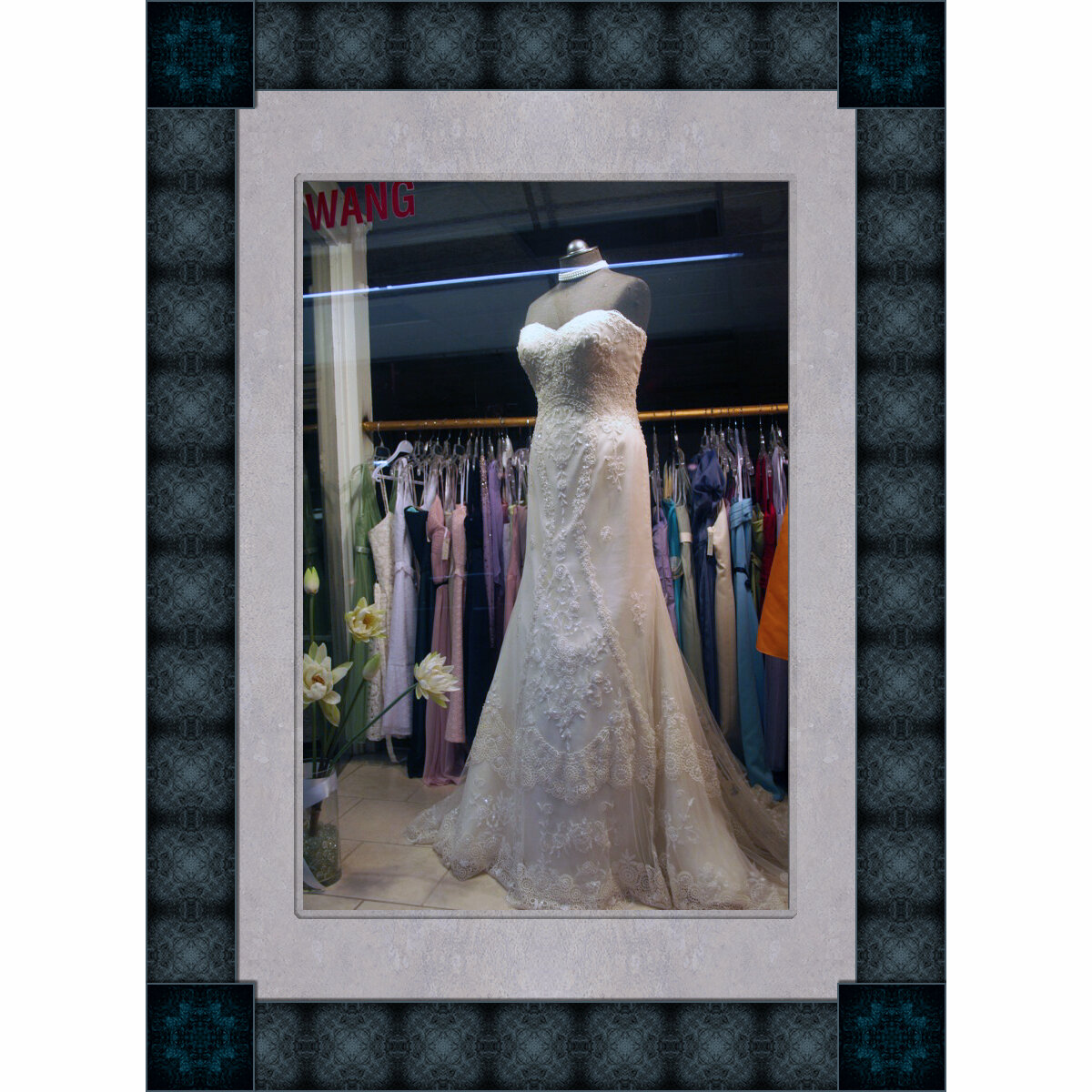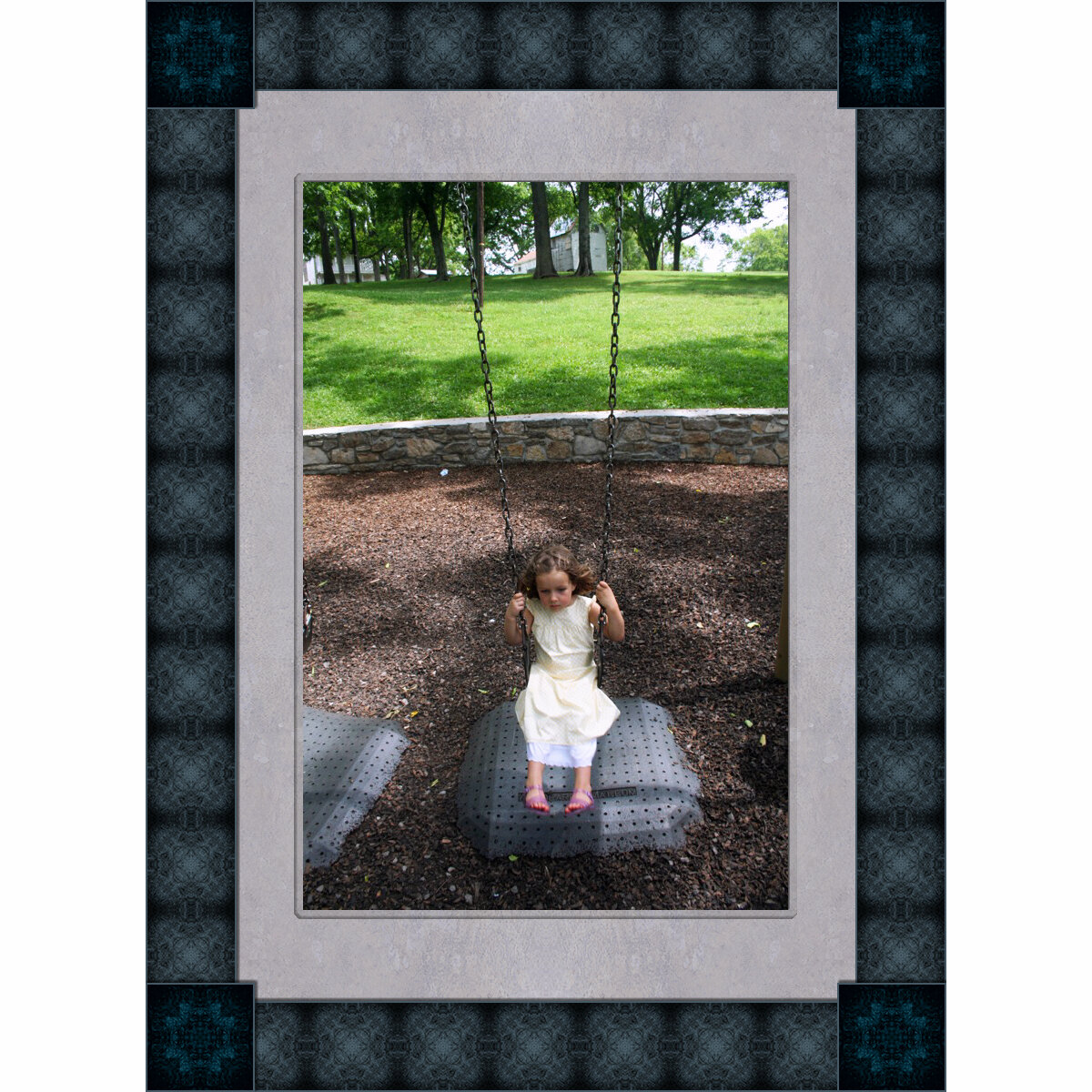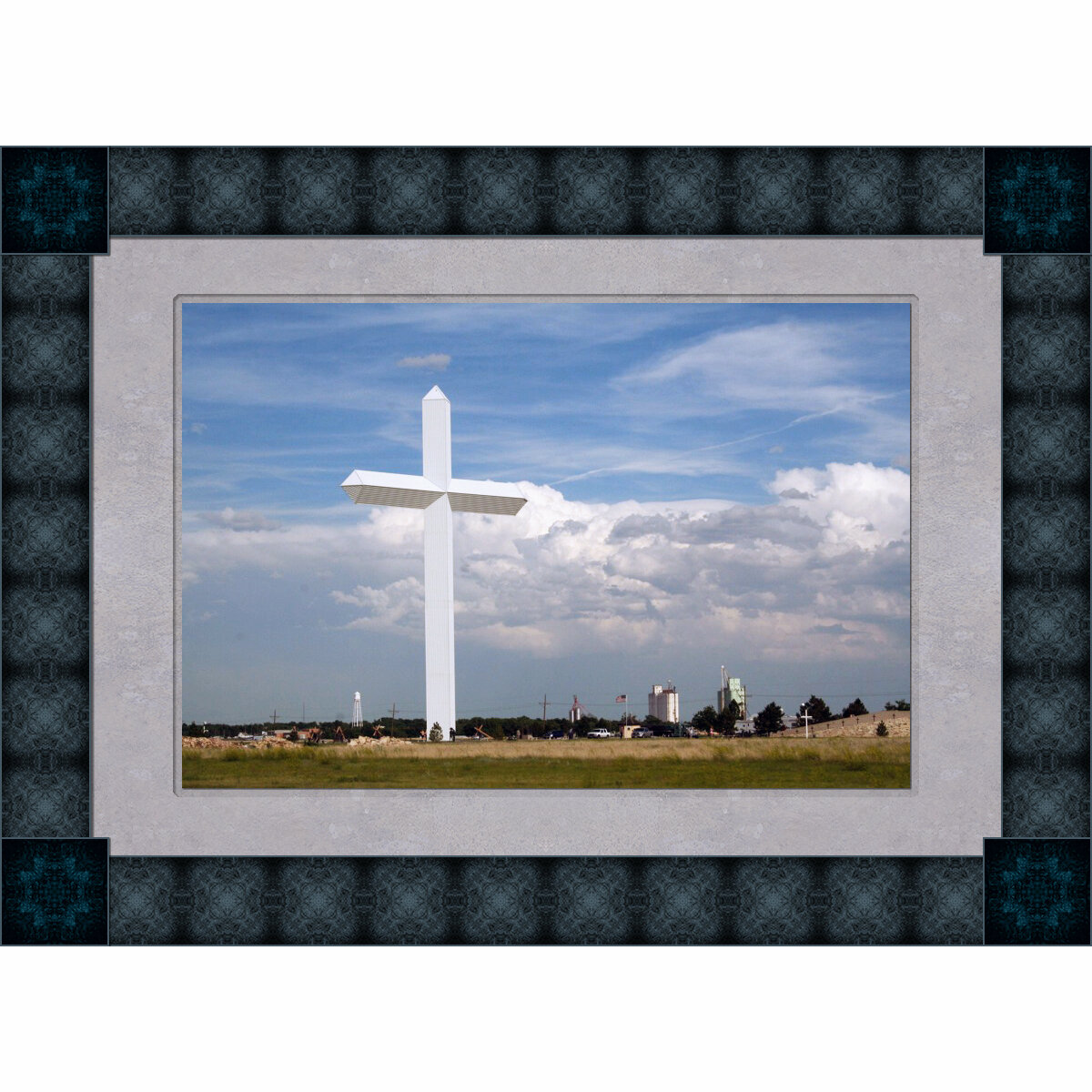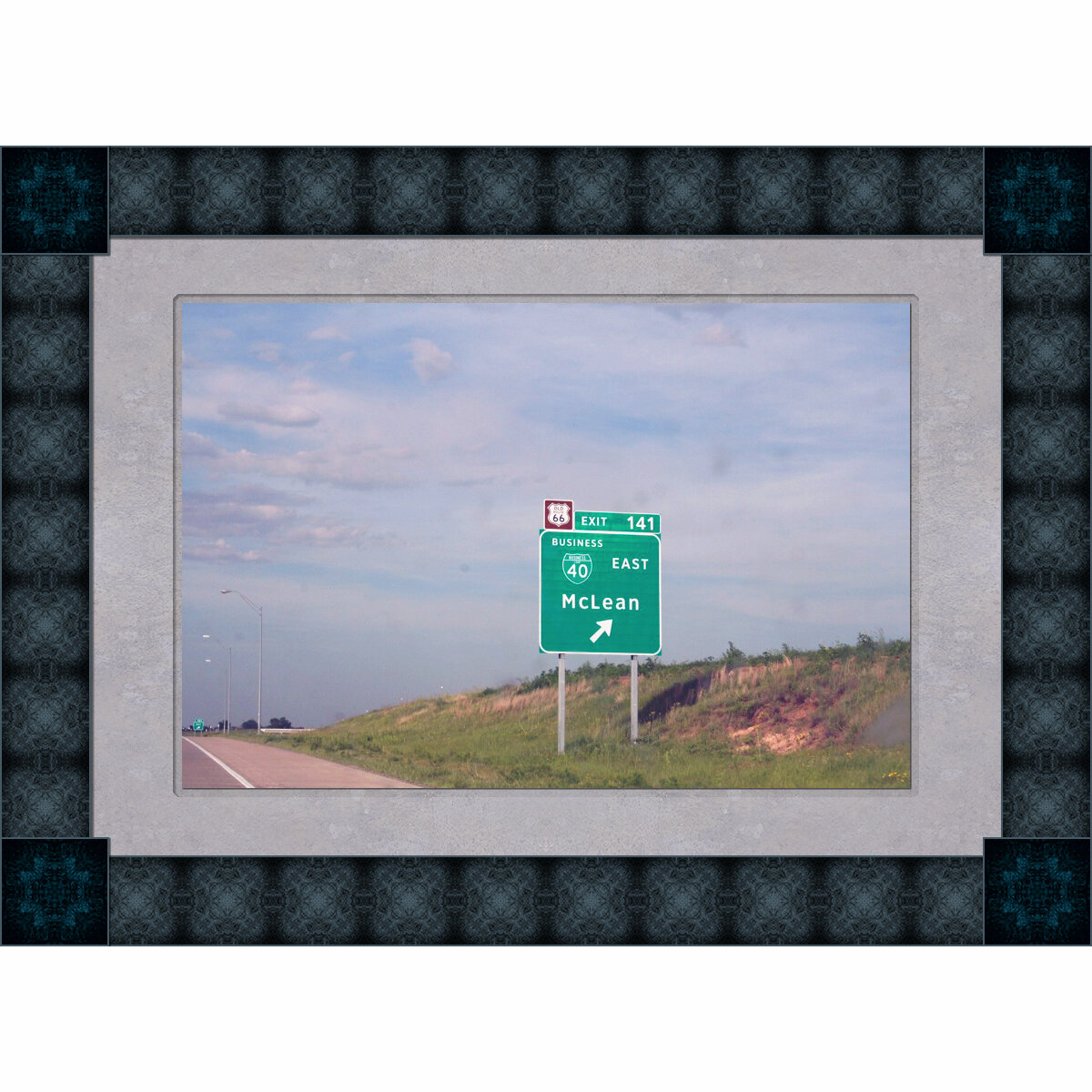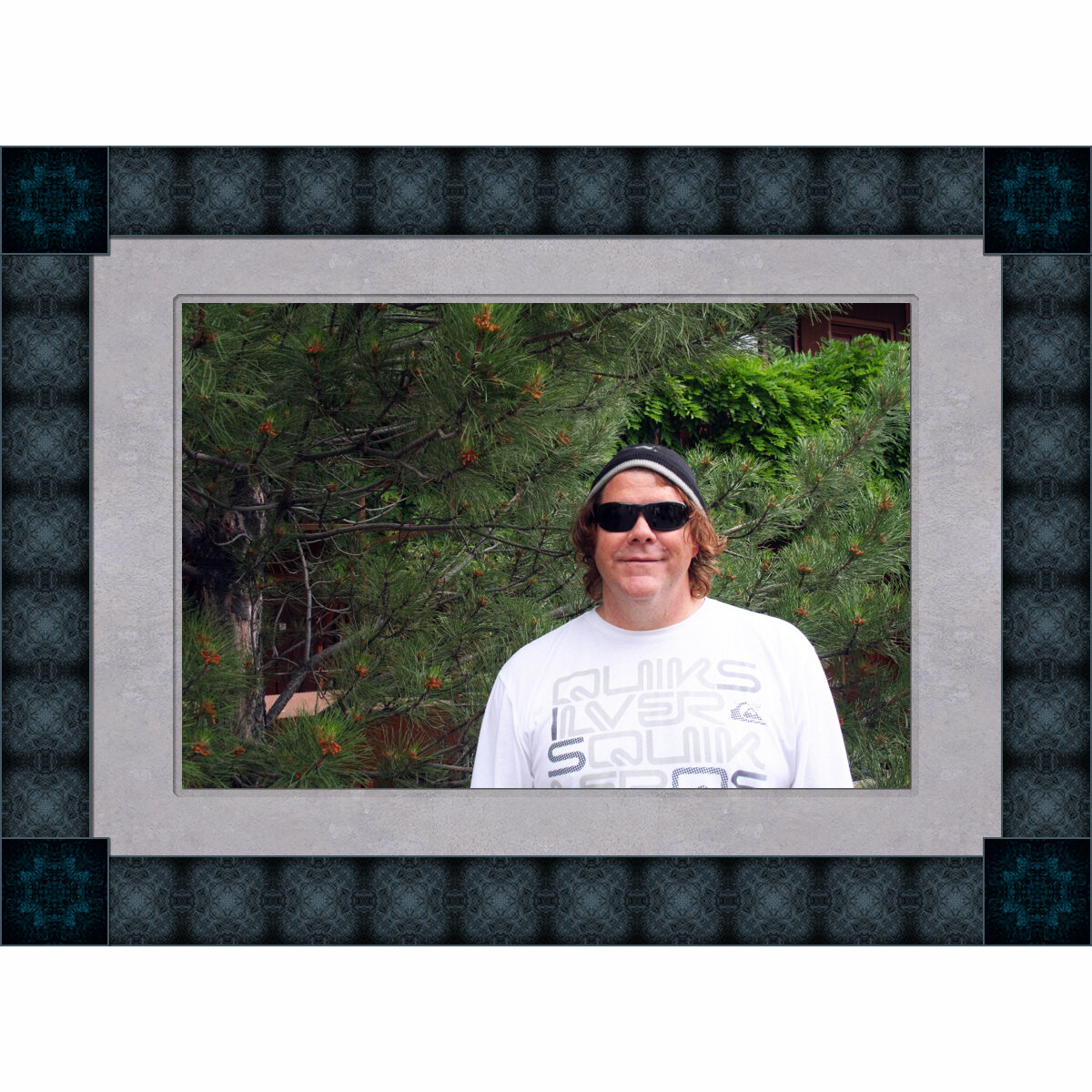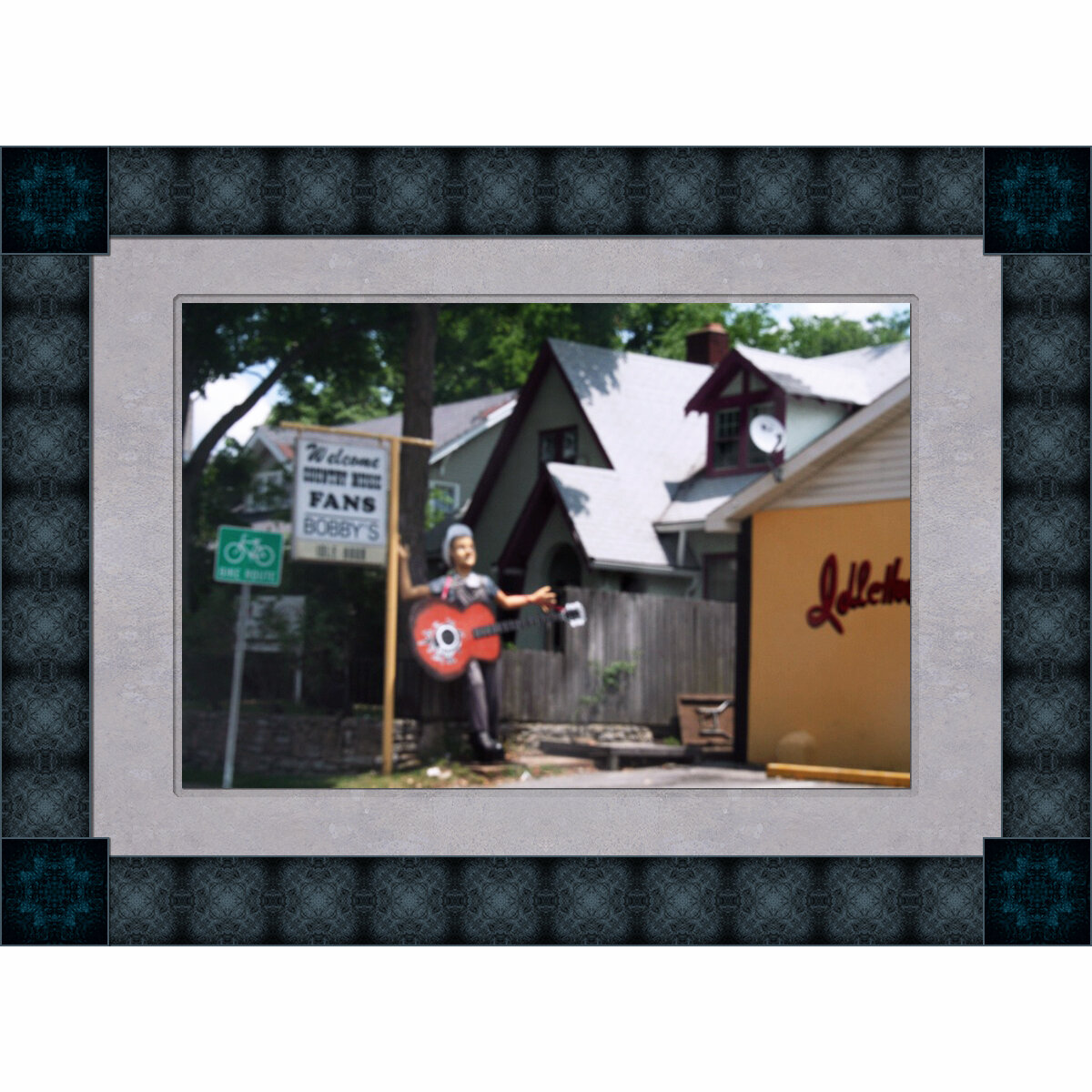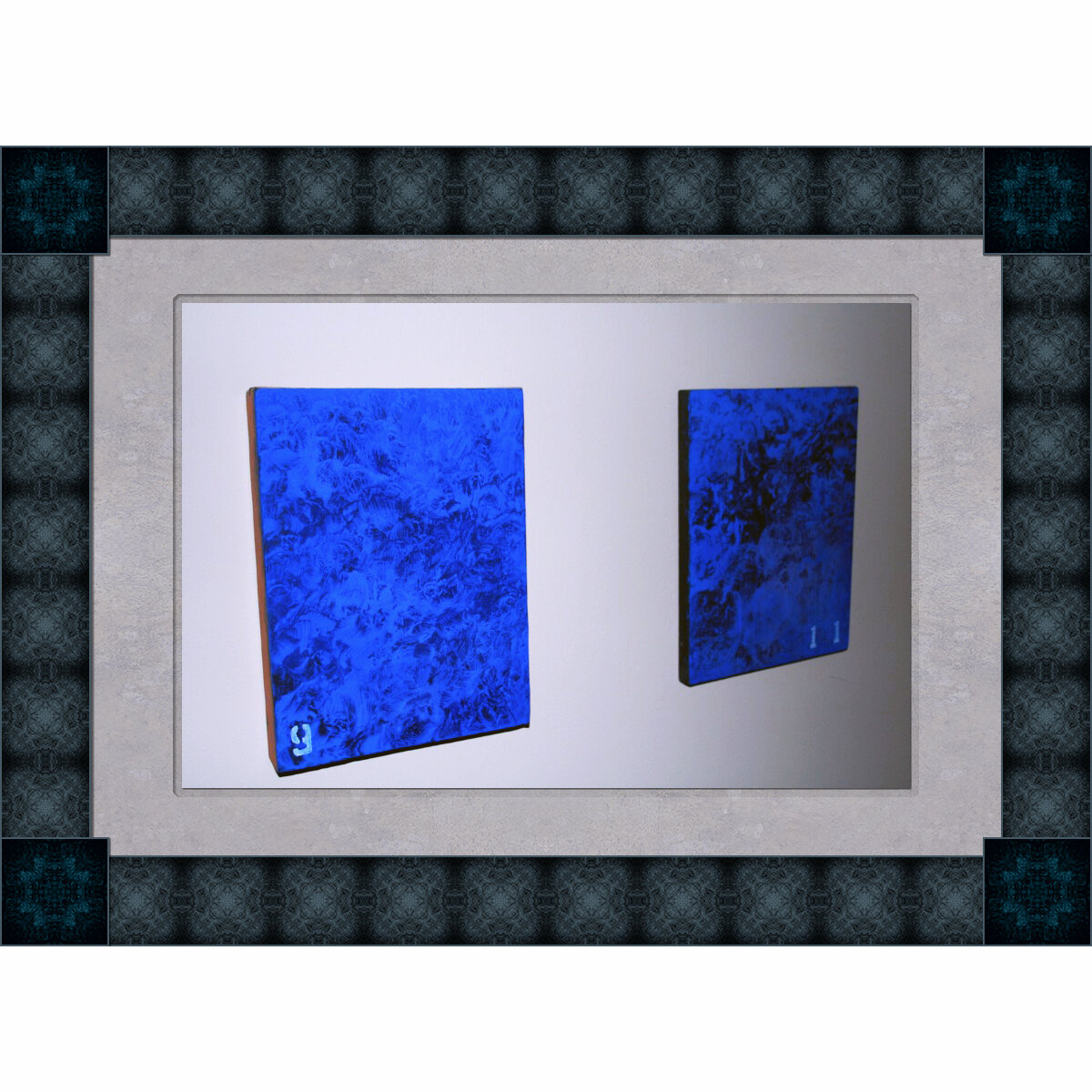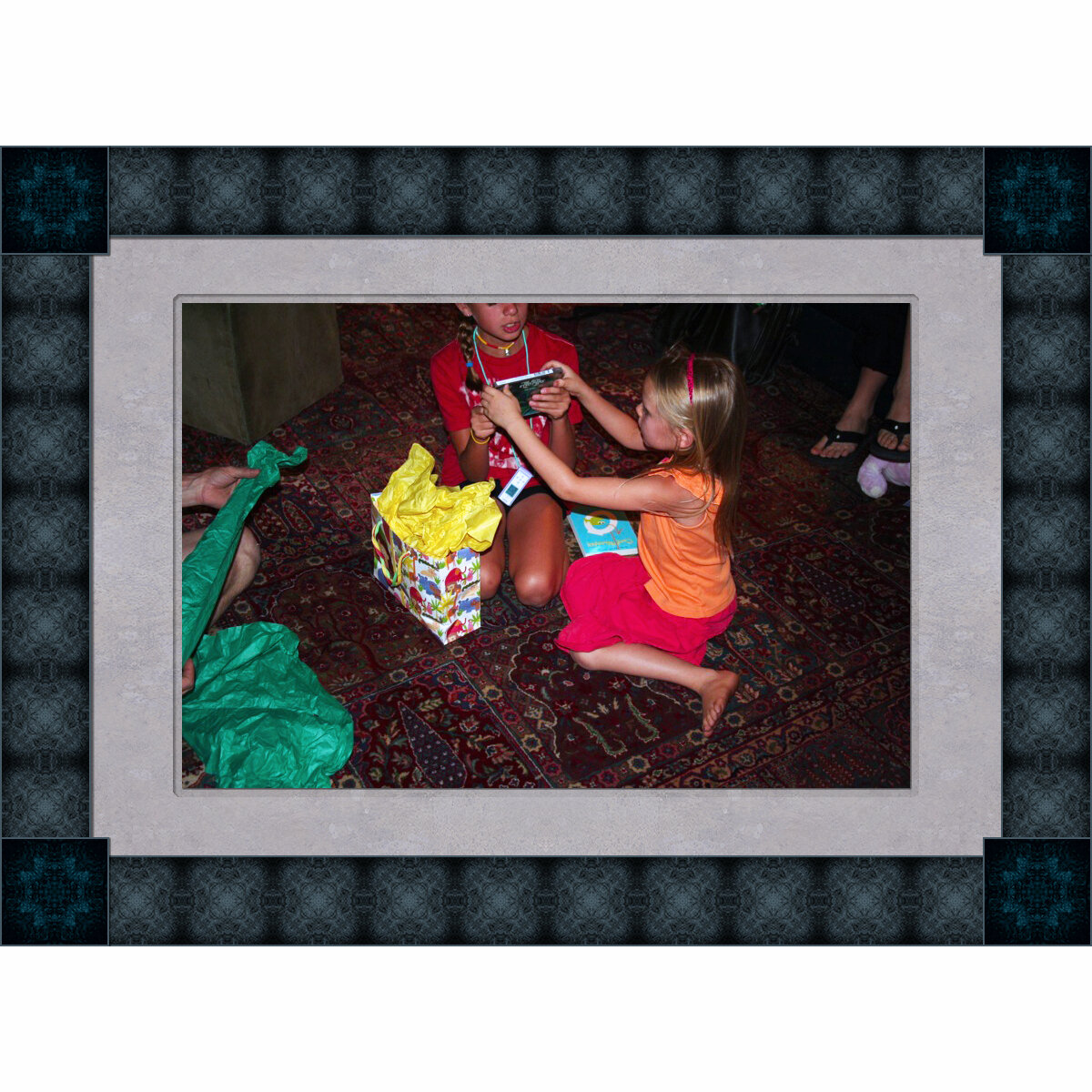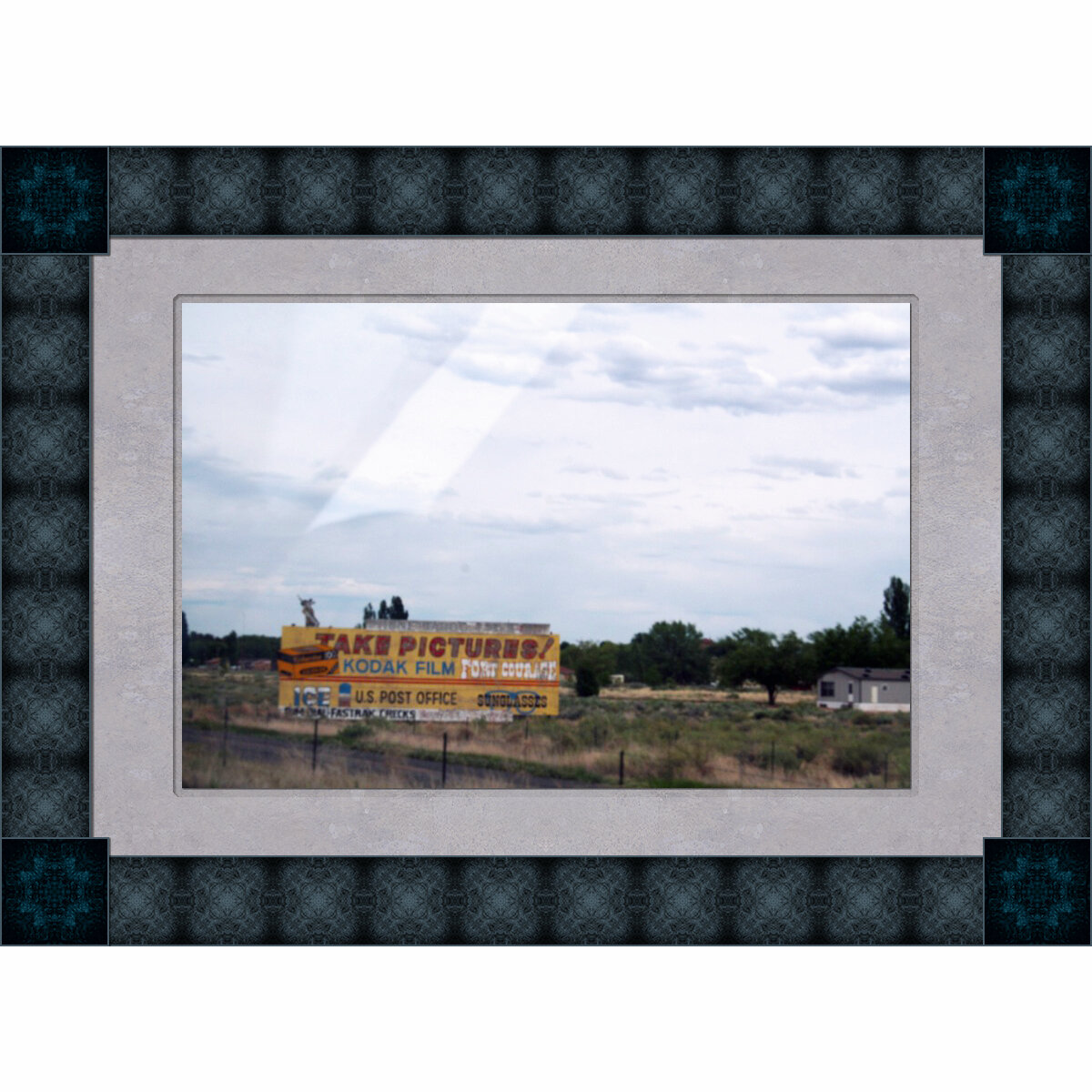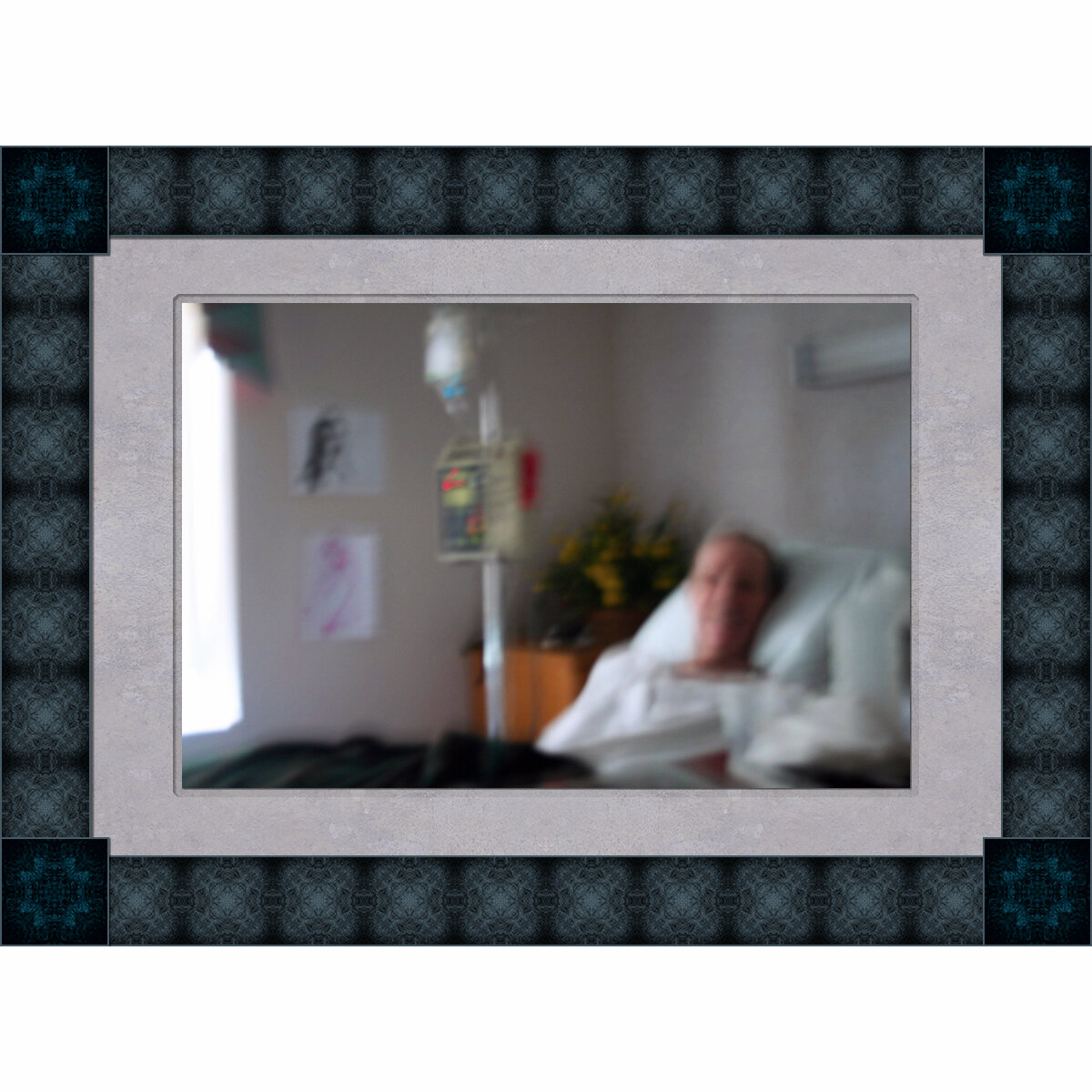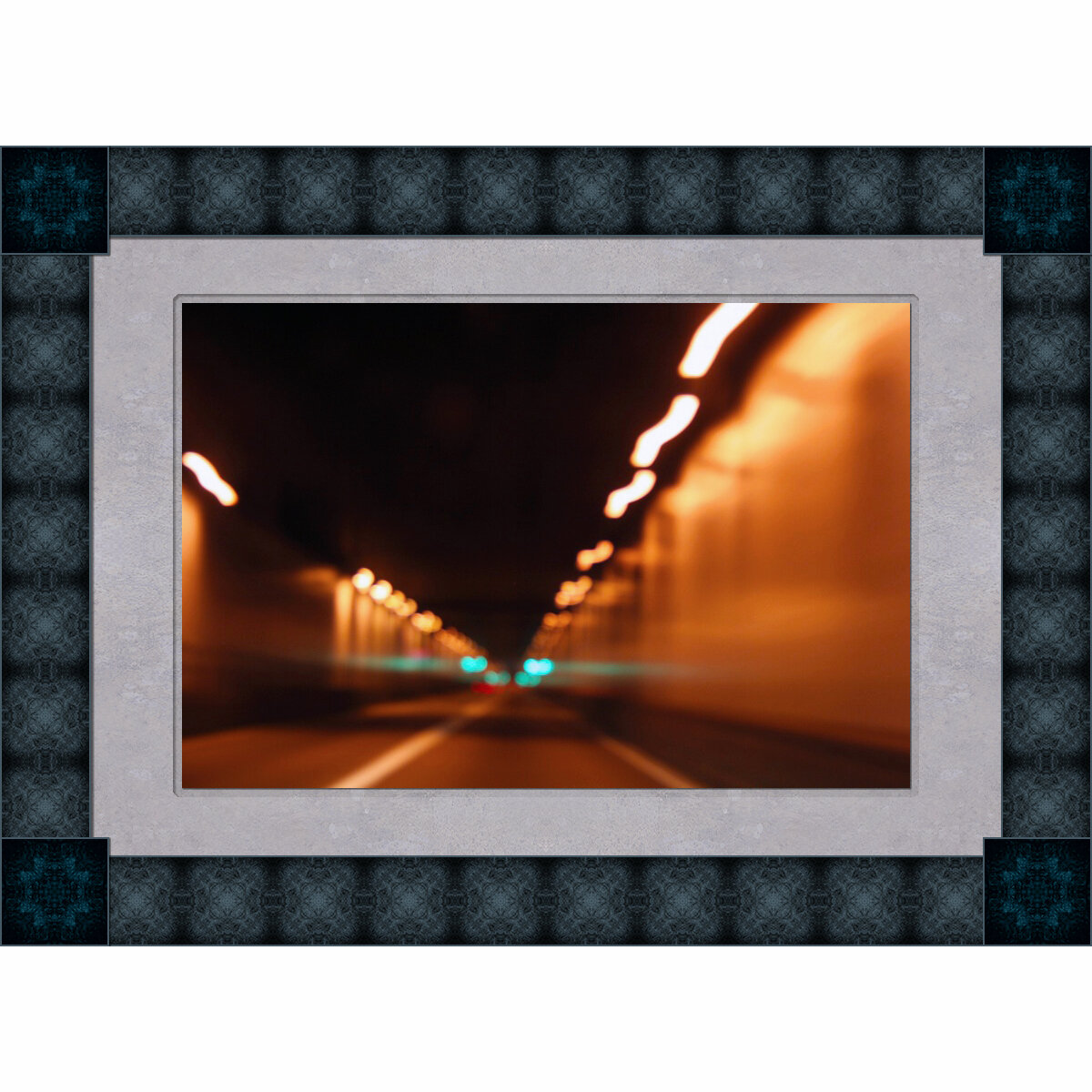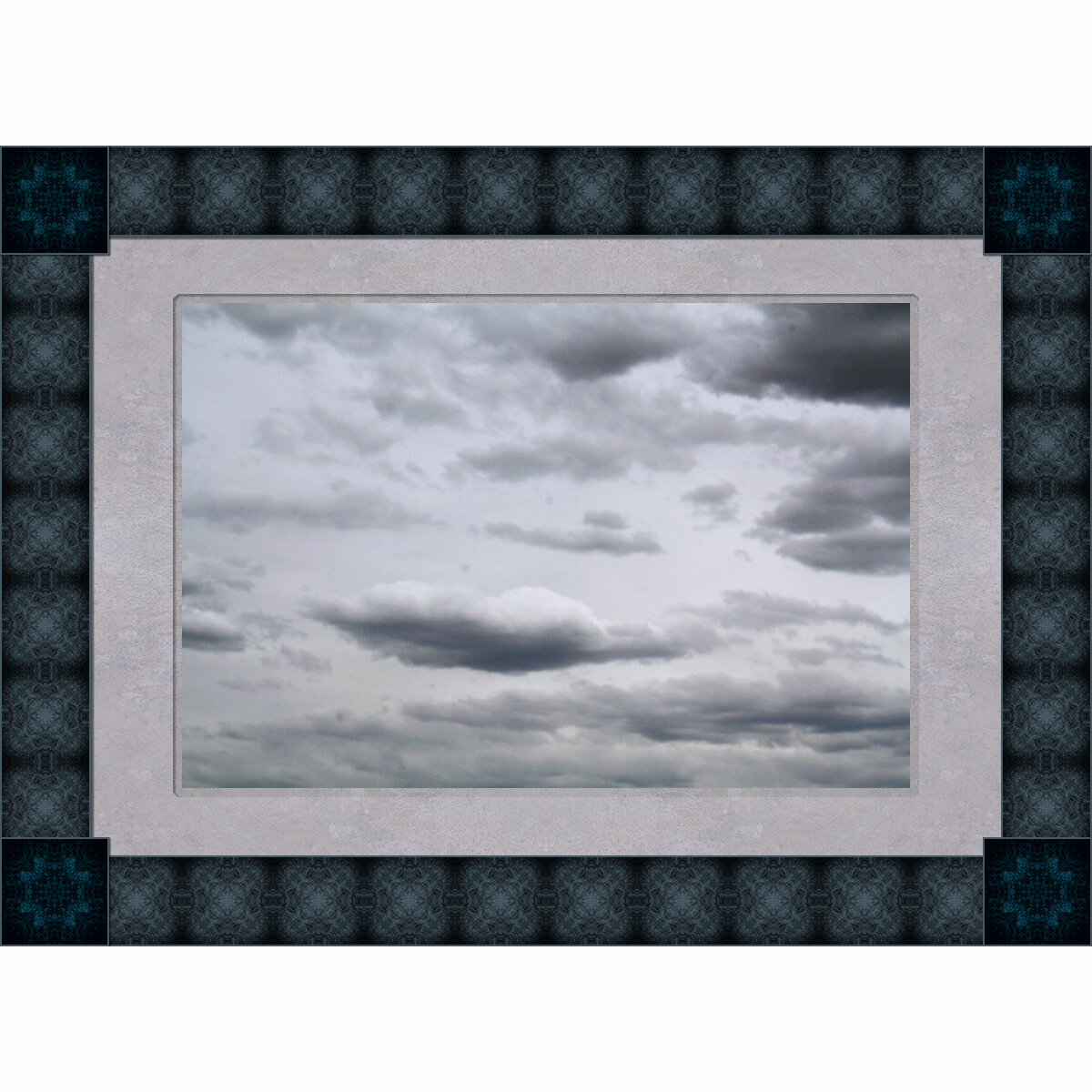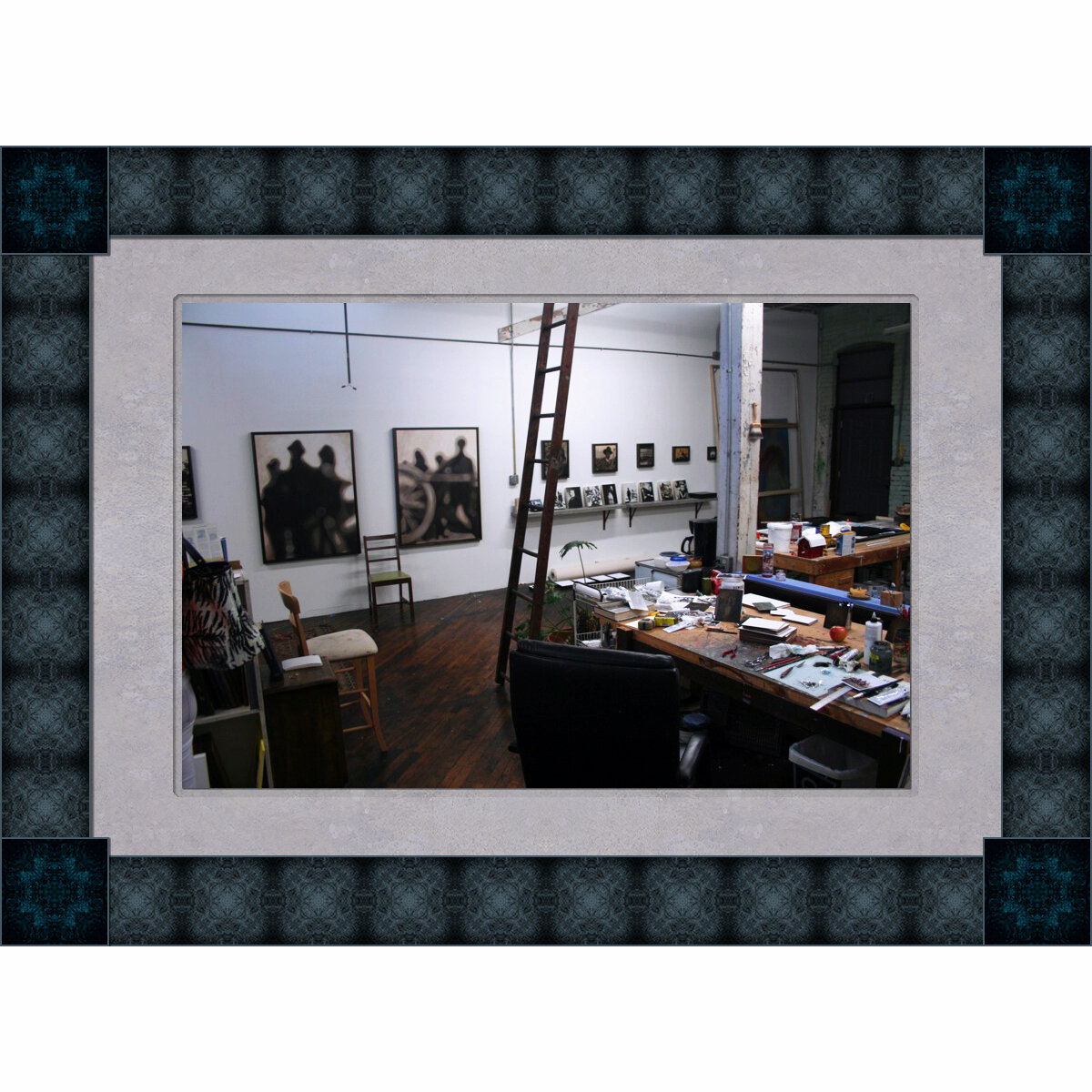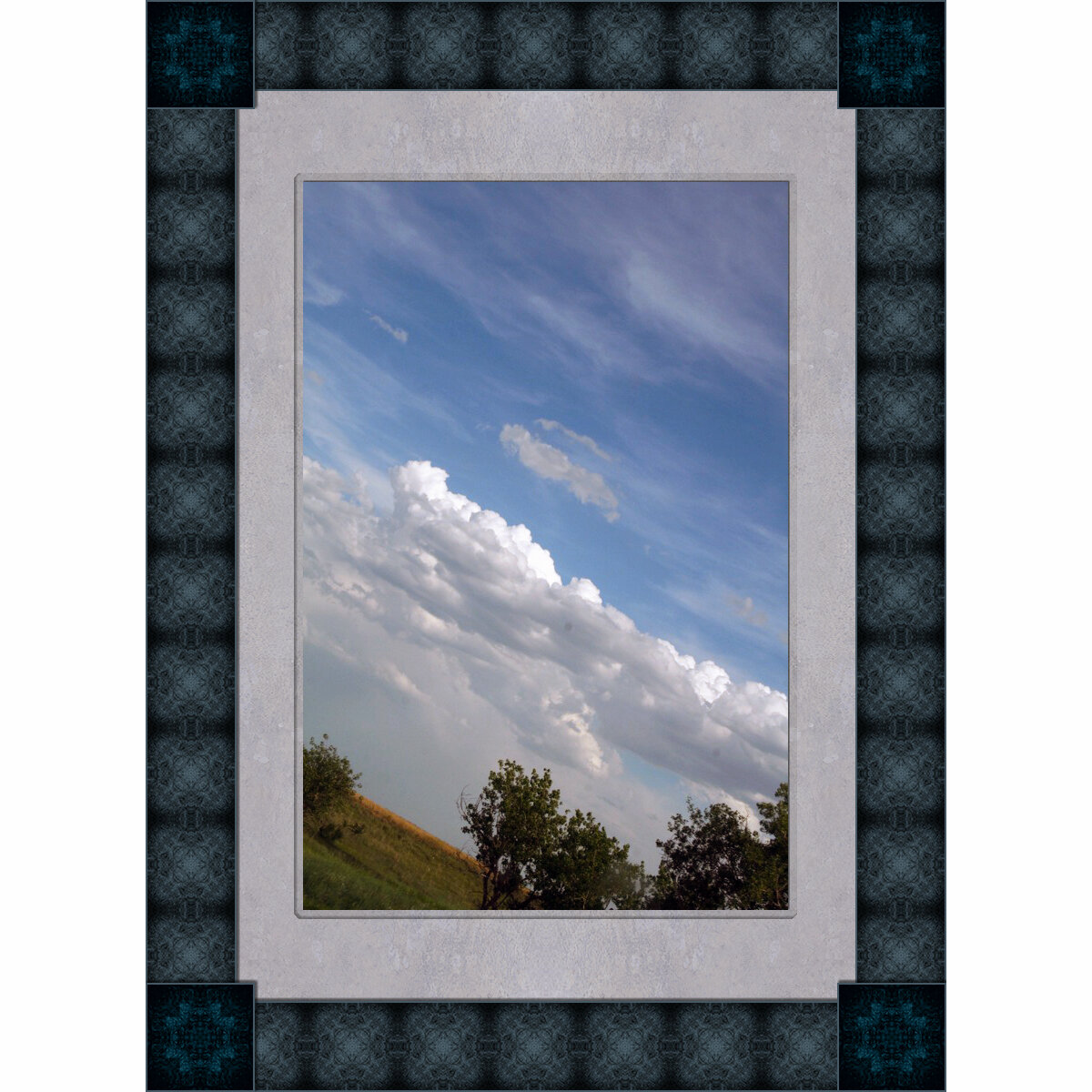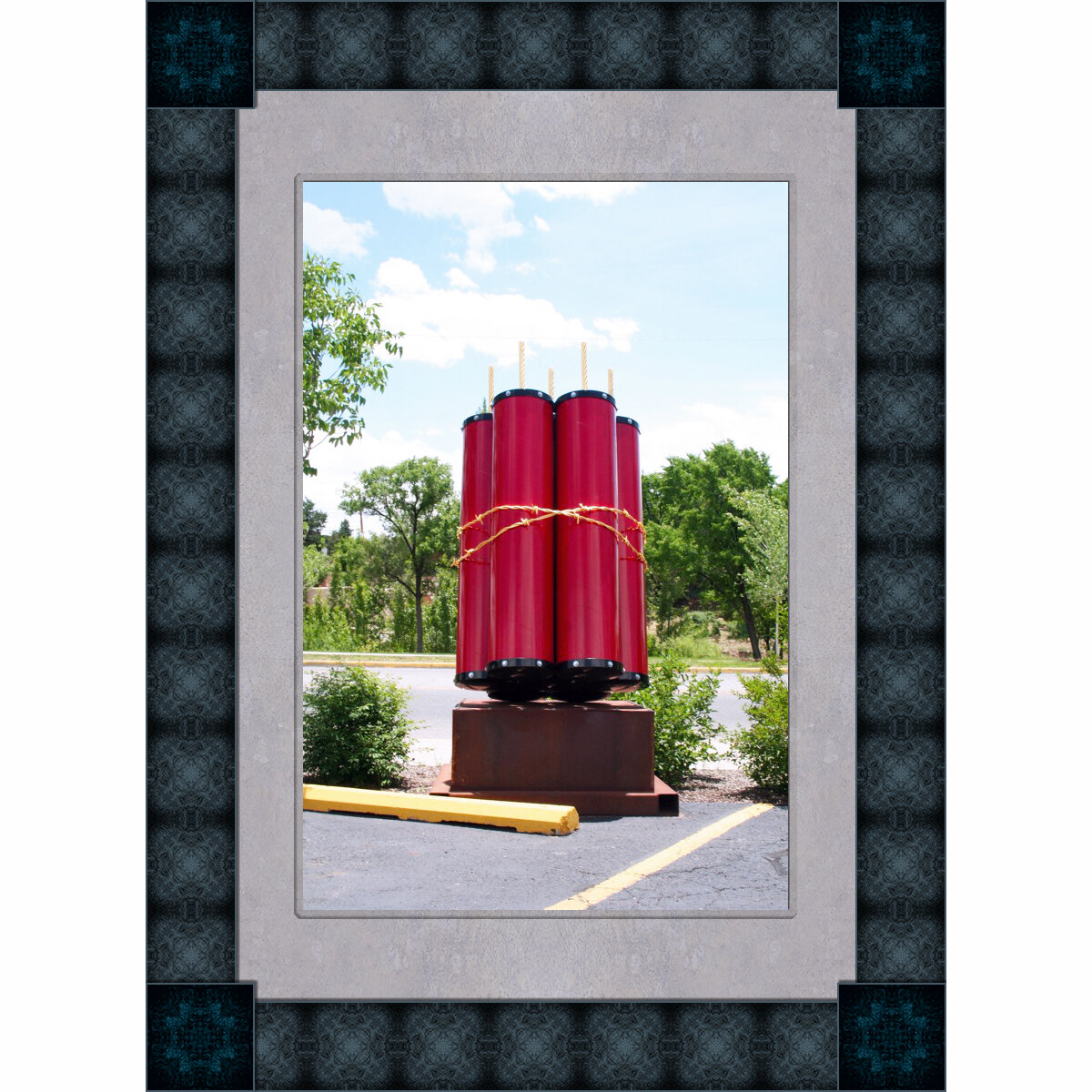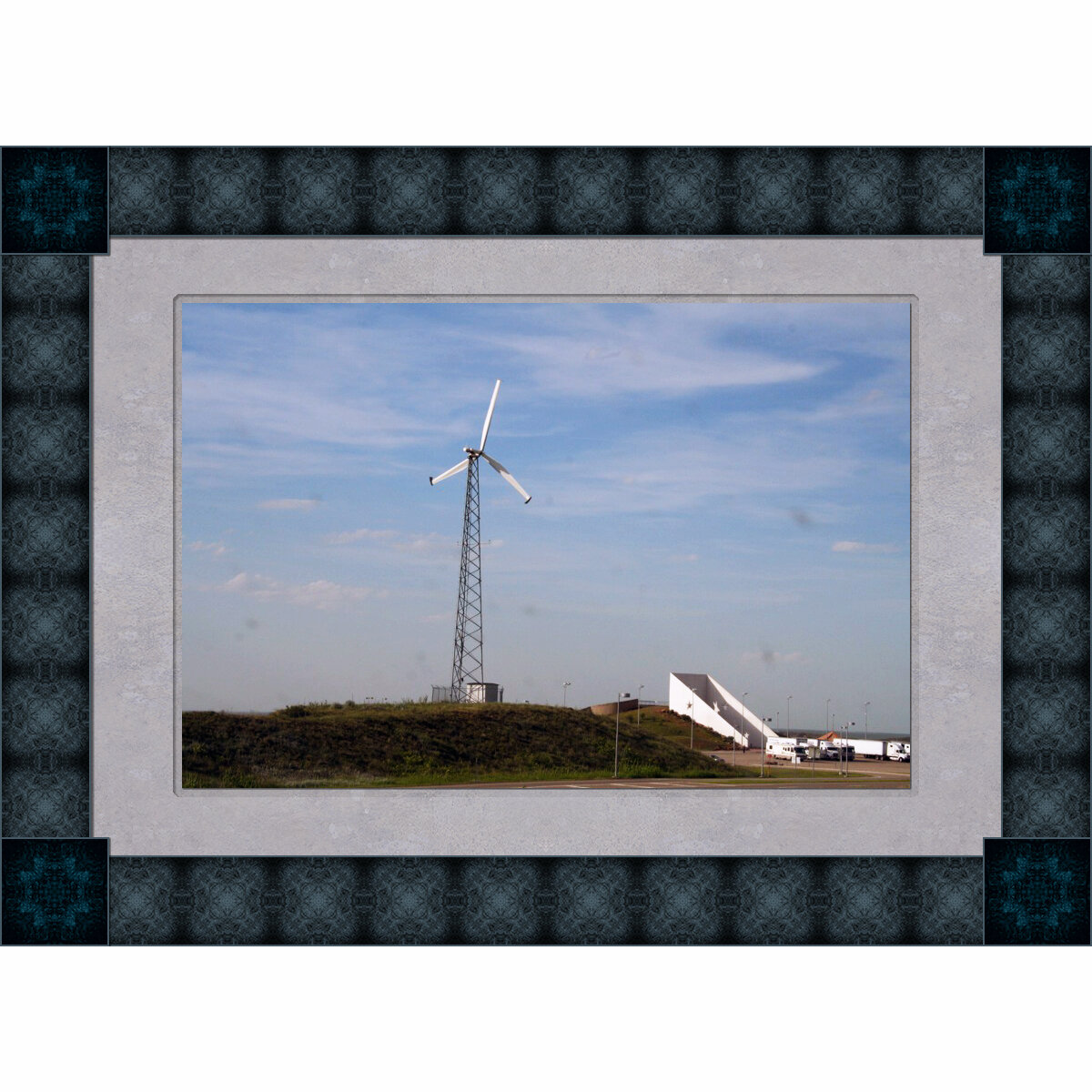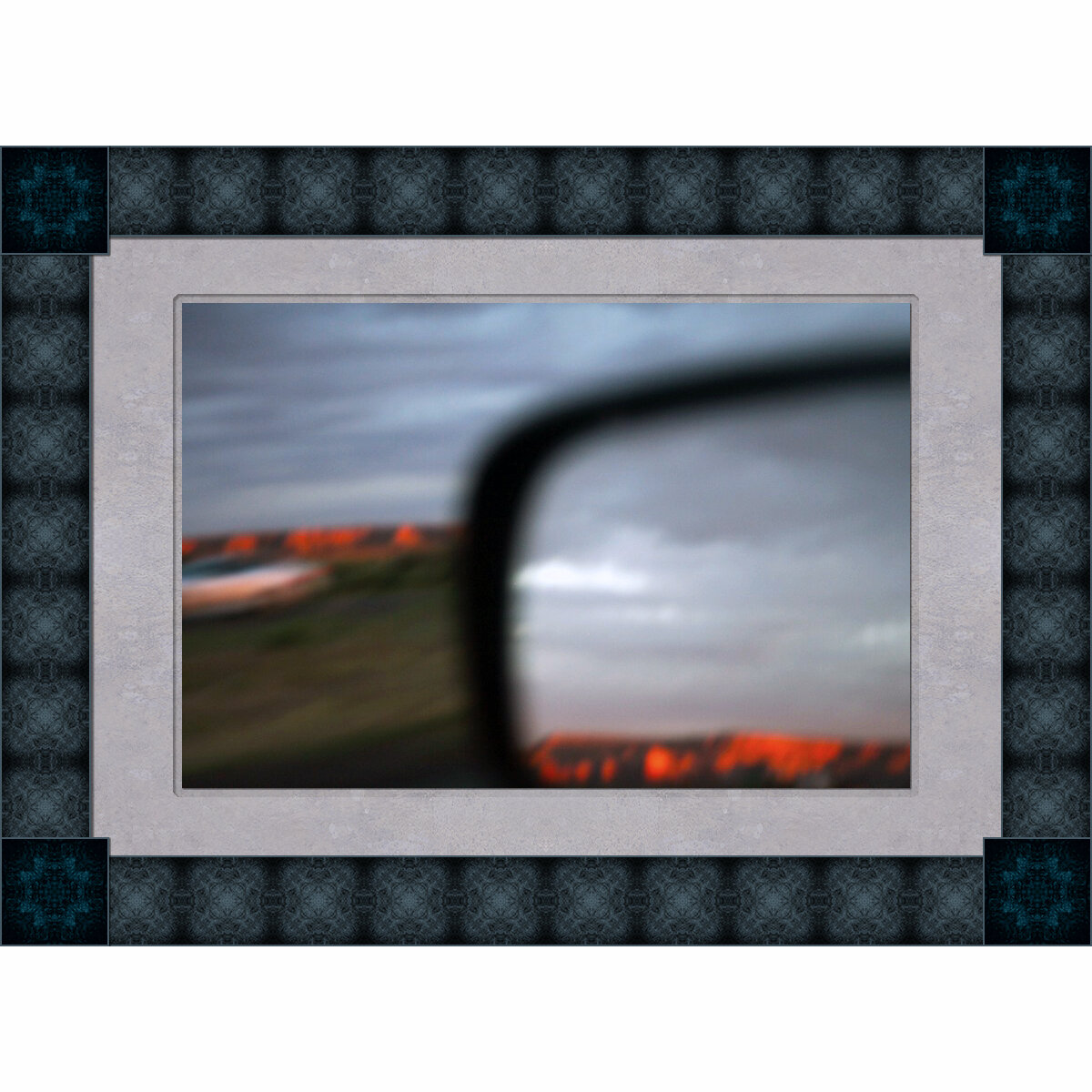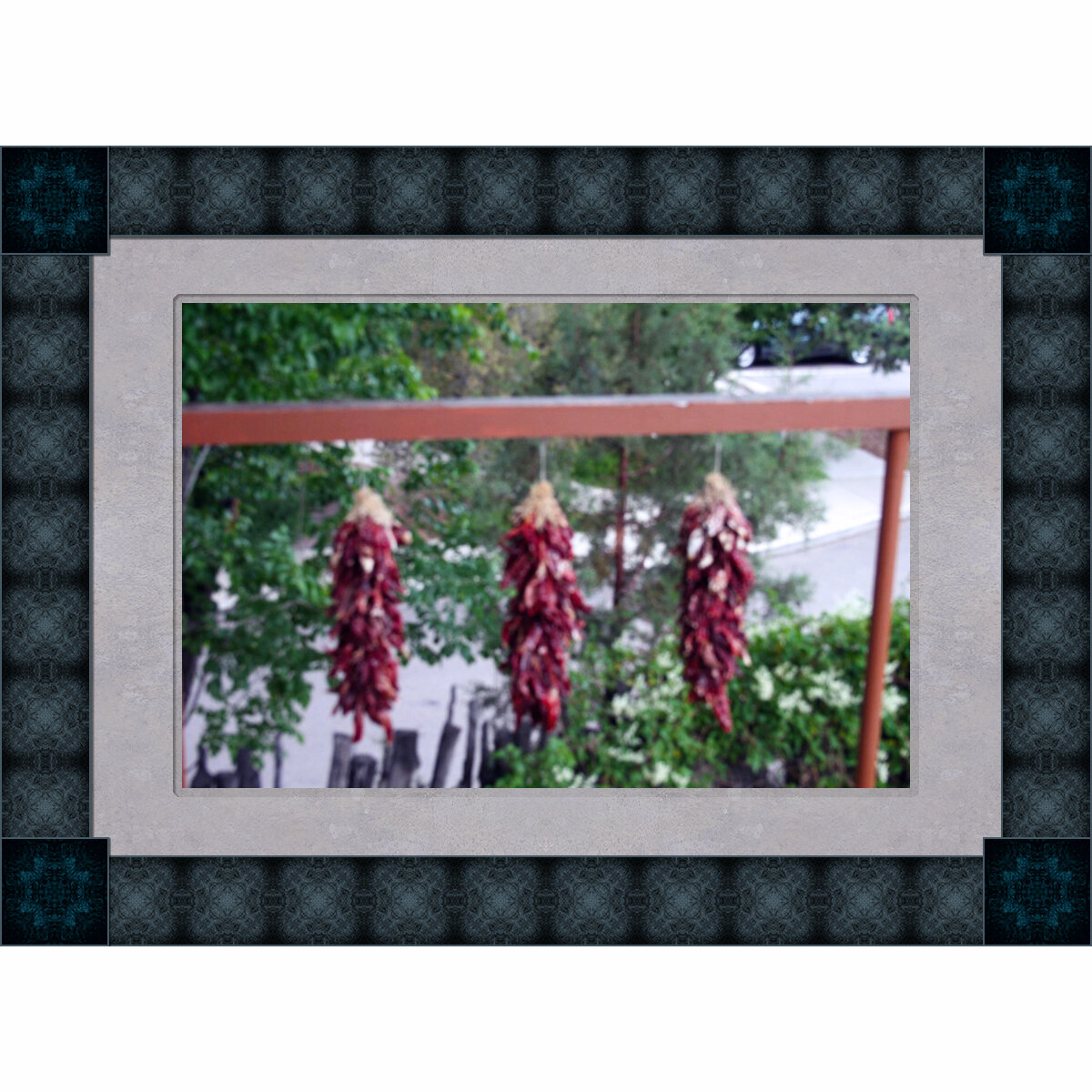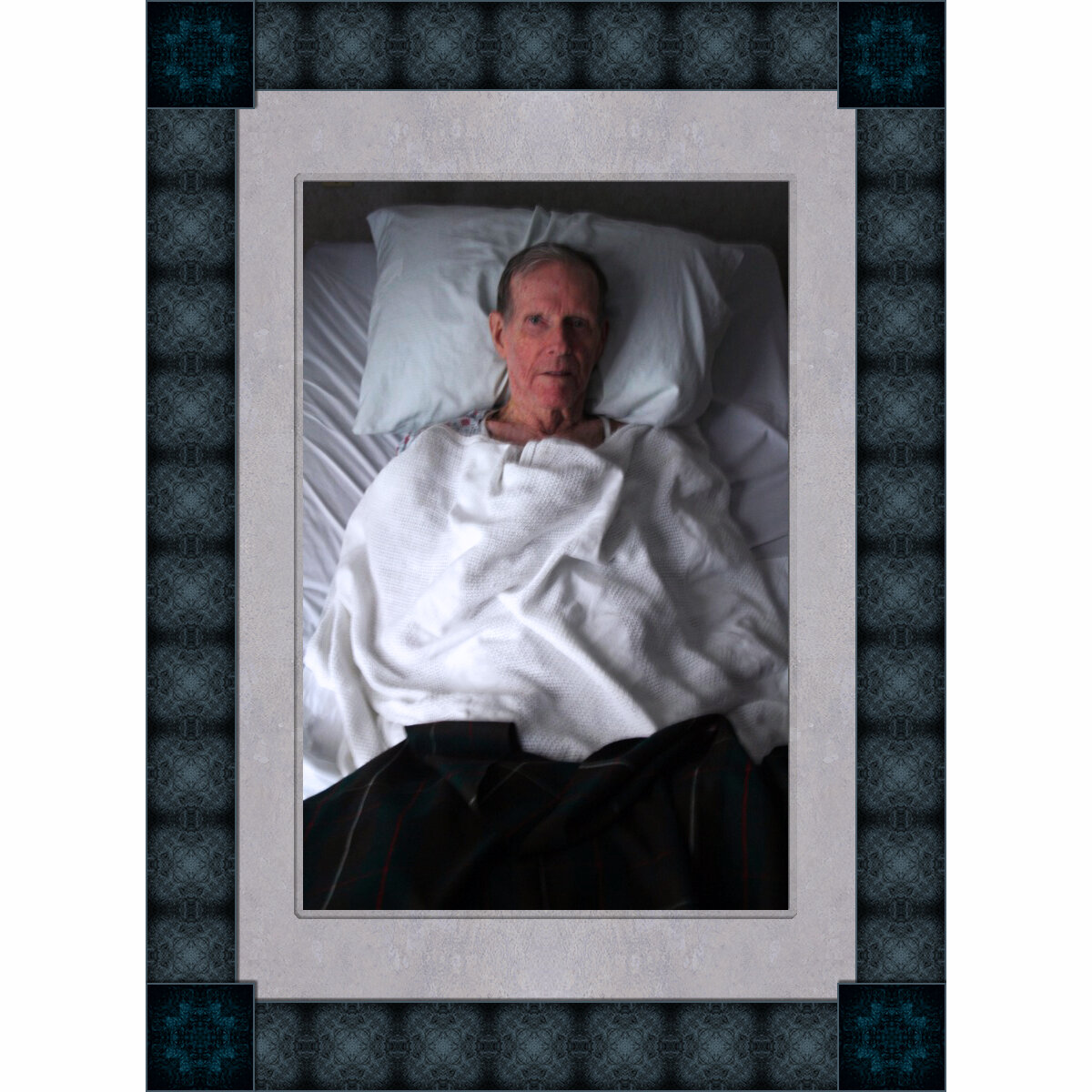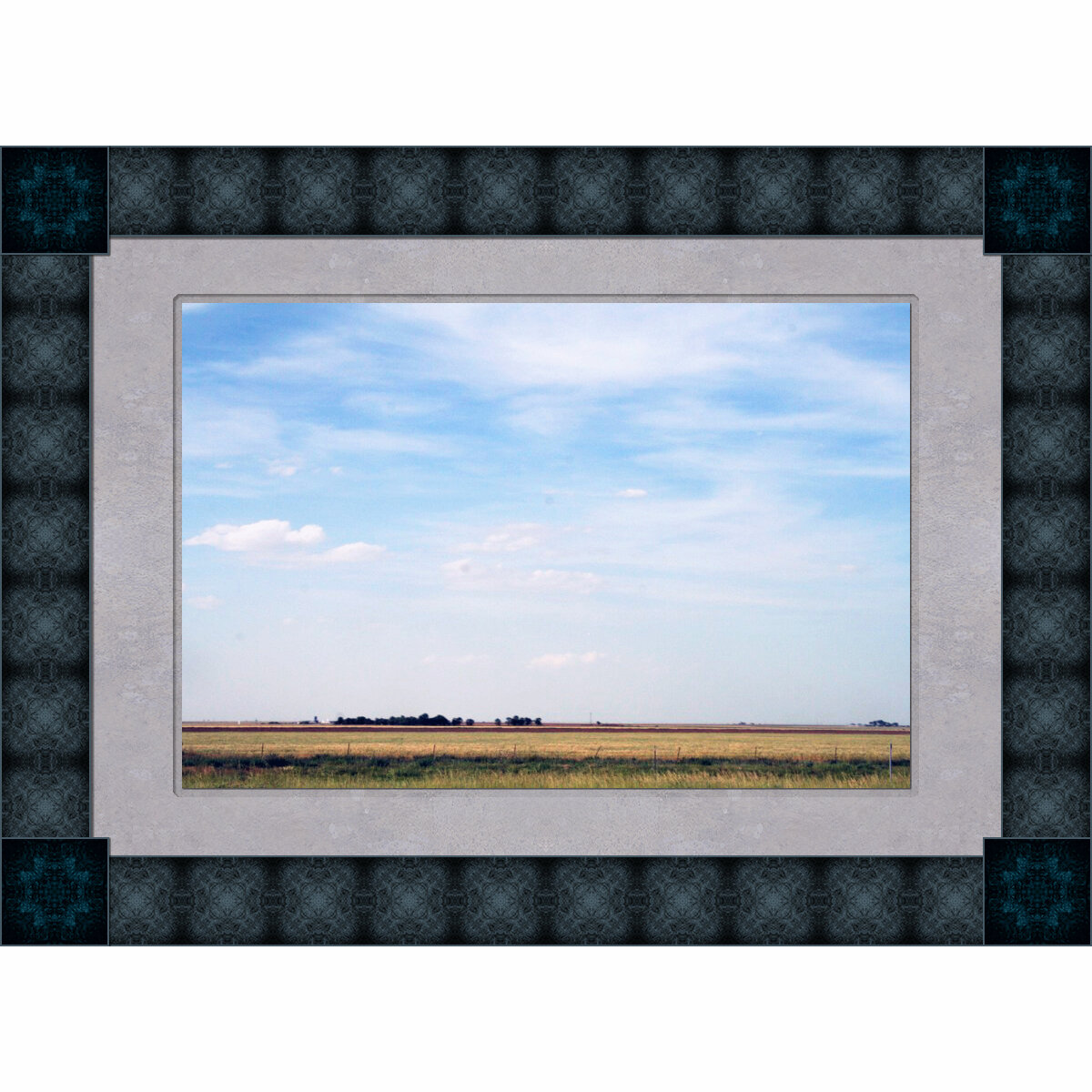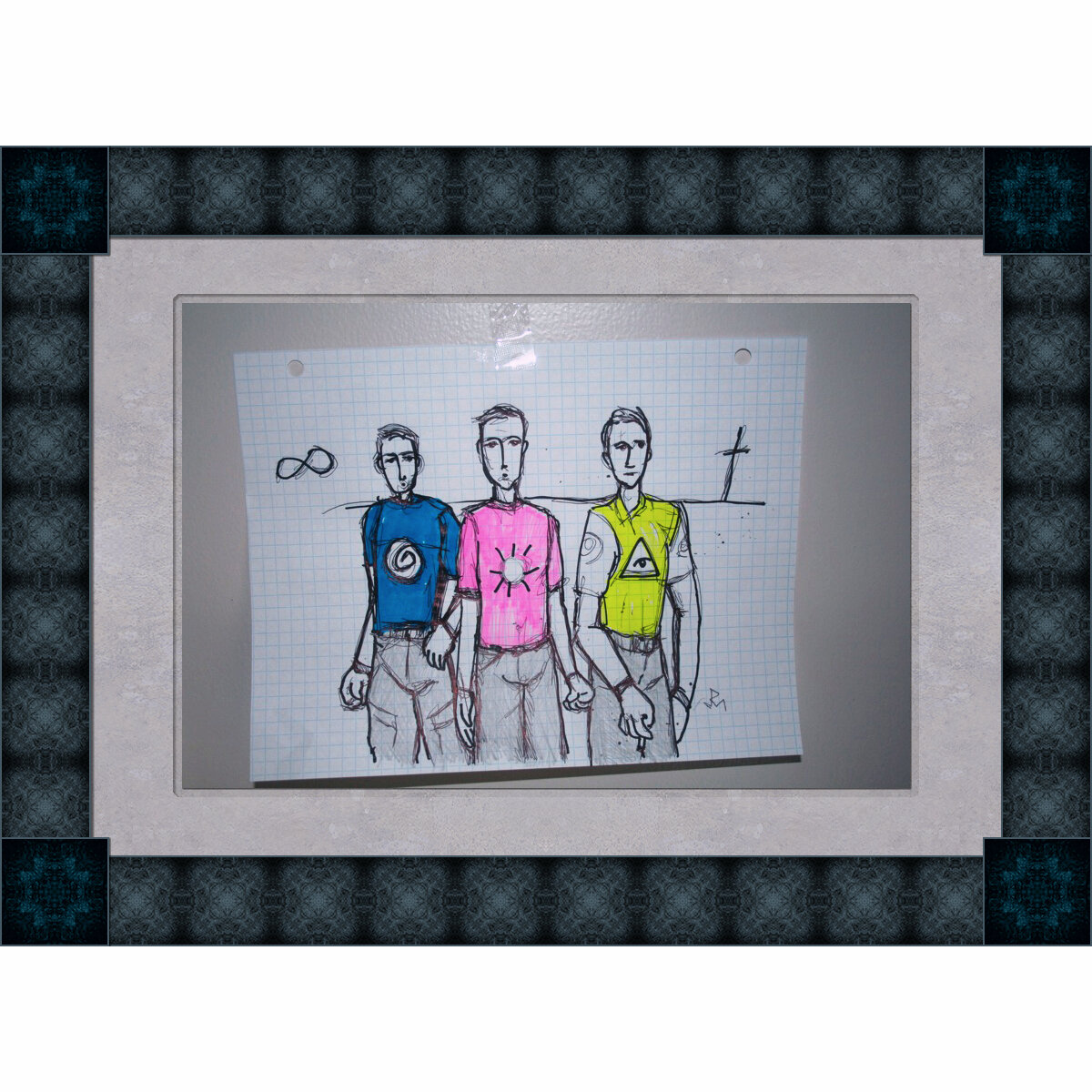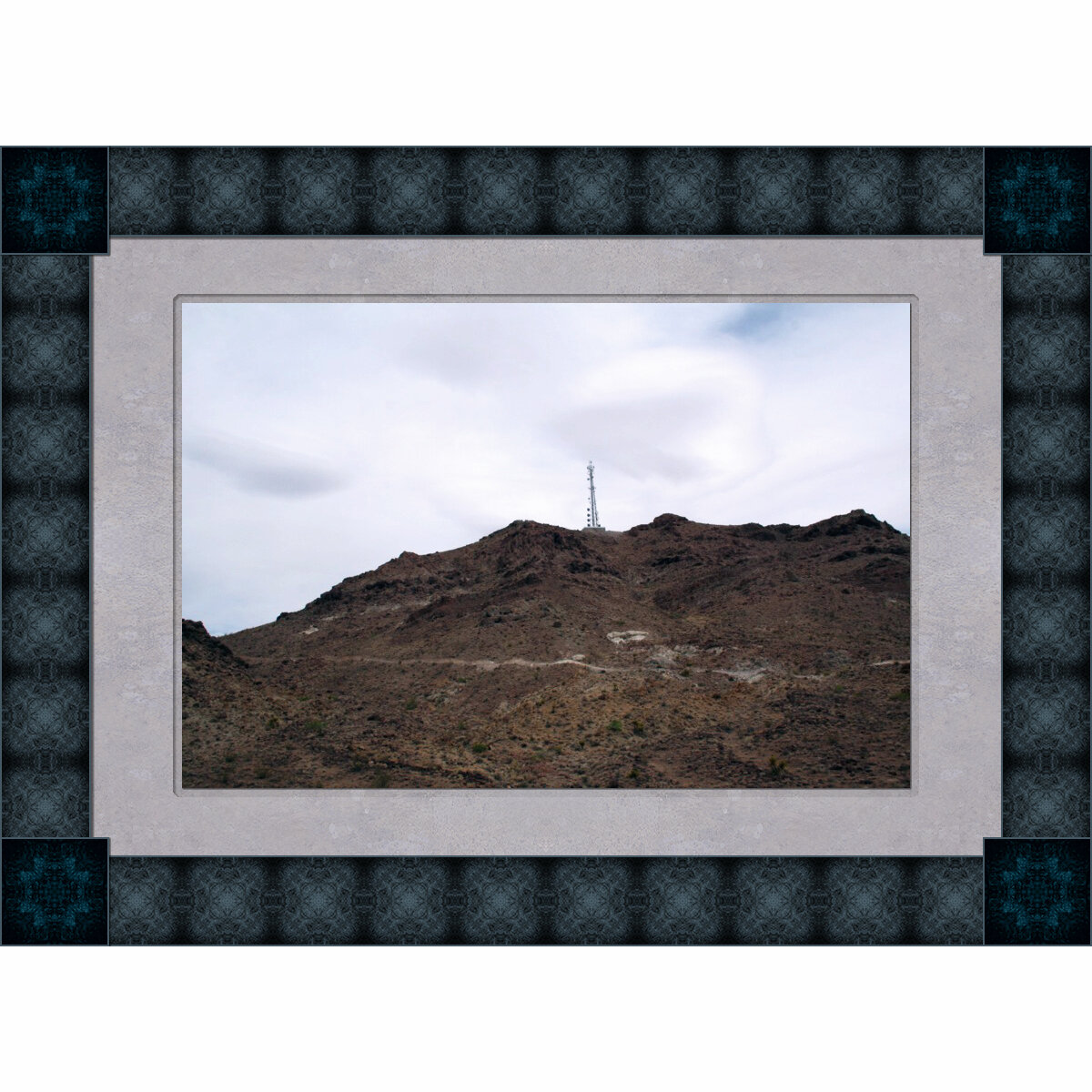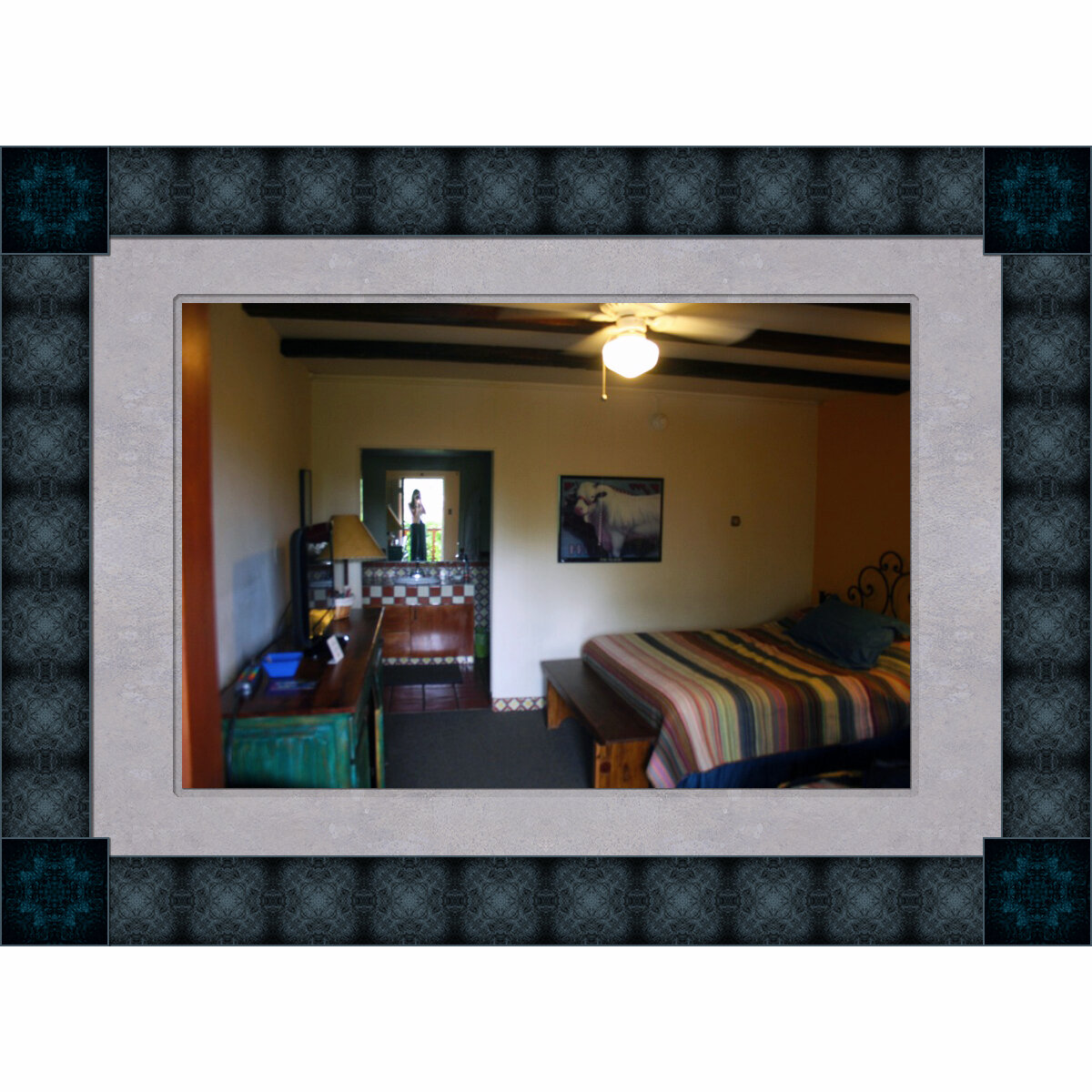Road Trip 2009
California to West Virginia: One Son’s Transamerican Drive to Visit his Dying Father; Featuring scenic vistas, things (including art) + people, photographed & remembered in passing.
Whenever one embarks on a “road trip,” traversing the highways and bi-ways of America, one is taking one’s life in one’s hands. That is to say, the journey will be fraught with danger. Every year tens of thousands of Americans are killed and maimed while driving across the country, so the statement above is not hyperbole or exaggeration. Furthermore, the toll on other life forms is clear. In summer, one only has to wash the windshield to understand the deadly nature of this form of travel, as countless insects fall victim to the onward progress of the vehicle. Not to mention the frequent casualties on two to four legs, or wings. Looked at this way, the prospect of a road trip is less a romantic venture than a murderous one, fueled by carbon, spewing carbon monoxide and other toxic chemicals. Waste creation is a ubiquitous by-product of the endeavor. Enormous quantities of garbage are generated.
However, the negatives of the commutation are counterbalanced by clear positives. One’s vision of the nation materializes with each passing mile. The wonder of America’s natural beauty unfolds at speed. Sunrises and sunsets are spectacular, especially in the West. Compared to the risks encountered a couple of centuries past, those of the modern day road-tripper are massively reduced or displaced. Depending on the apparatus and mode of travel, a rich layer of culture infuses the trek. Radio pipes into the cabin of the truck or car, and with it a range of opinion, news and perspective. The homogenization of the airwaves in recent decades brought on by media monopolization and manipulation can be counteracted by one’s curating the auditory environment in the vehicle. Practical transportation can thus be transformed by the road-tripper into a rich cultural experience, or even a specific type of generative performance.
The facets of the road trip are manifold, more or less delineated by the vehicle, the road, the scenery and the state of mind of the vehicle’s occupants. A narrative organically arises for each episode of the journey, which can be expanded to include sub-plots. The linear, directional character of the road trip lends itself to the formation of the storyline. No two road trips, because Time, can be identical, so each iteration will be unique. The external trend, wrought by interstate commercial interests, to homogenize the enterprise can never completely succeed (although one may speculate on the impact the self-driven or autonomous vehicle might have on this calculus). The mediation of the Road Trip projects an established, durable mythology onto all new prospects. A literature, cinema and soundtrack have been forged over decades of practice. Think Jack Kerouac, Easy Rider, Springsteen’s Nebraska, and thousands of variations. In all the world, in the history of Man, nothing compares. The precedents can be folded nicely into the Road Trip and amplified, rejuvenated or otherwise modified. Chaucer’s Tale? It is grist for a refurbished medium. Through the lens of the Road Trip, the precursors are rendered by the means of movement. Is it cooler to traverse the nation on foot, on a donkey or horse, in a carriage or wagon, or behind the wheel of a ’65 blood-red Mustang convertible? What is more compelling? A transoceanic voyage on a sea liner, or a Gonzo ride with Hunter Thompson in a four-wheeled “boat,” a la Fear and Loathing in Las Vegas? The drama of a plane flight is relatively bland, because the risk is minimized assiduously under normal circumstances. The plane can be hijacked, blown up or crash, but that's about it. On a Road Trip: At every turn, every exit and stop, every overnight interruption, every mechanical breakdown, something unexpected could and often will happen. At least the imaginable intervention is possible. The odd encounter with strangers on a Road Trip is nearly unavoidable, again, in spite of efforts to insulate the traveller from variable human interaction. If the journey is long enough, in America, one will almost certainly come across a weirdo. Which is not to discount the possibility that the driver and his companions are the weirdos in the Road Trip narrative. The dramatic potential contained in bus and train travel present interesting correlations and overlap potential, but the missing element is the independence of the driver. The collective versus the individual dynamic merits deeper consideration, on many levels: social; political; commercial…perhaps spiritual? The roles of plane and ship captains and crew are complex, but intertwined. Obviously the configuration allows for narrative promise and greatness (e.g., Moby Dick or the African Queen), but the Road Trip's potential far outstrips it. Same is true for both bus and train travel. Hybrid forms belong to another category (Planes, Trains and Automobiles). Comedy and Tragedy can and do coexist in a single journey, which adds complexity, convolution and dimension to the mix, most pronounced in the Road Trip.
Another considerable facet is the contemplative quality of the Road Trip, bound one might think to the very individualism that distinguishes auto-based from other transportation options. I have contended that the USA Road Trip presents one of the most peculiar forms of meditation man has ever invented, developed and refined, at tremendous societal expense. The claim probably does not apply to every personality. Some people dread a long drive and avoid one. Others find driving across the vast open stretches of American landscape to be restorative, an opportunity to reflect on things, on life itself. The durational nature of the Road Trip inflects the ponderous nature of Time. A trip can be blocked into chunks of time. The radio announcer and the dashboard clock constantly advise the traveler of current time. The crossing of Time Zones undermines the determination of time, and this wrinkle indicates a perplexing part of the Road Trip experience: the “time warp;” a sense that time outside the bubble of the vehicle compartment is not the same as time within it. The phenomenon of movement seems to affect the time element. The sensation is changeable, and can vary among road-trippers, from driver to passenger. Of course, as Thompson and others have illustrated through applied research, Substances can aid the alteration of perceived impressions on a Road Trip. Unfortunately, they (Substances) simultaneously increase the likelihood of driving-related fatality and injury. Sober or not, the perceptual is modified the moment one pulls onto the highway. Moreover, being on the Road Trip clearly seems to affect perception of the interstices, the spaces and places that separate stints of forward progress. The Road Trip-specific linkage of interstitial place and space, in the narrative, may generate events. An entire genre in multimedia has evolved from the concept. Think Thelma & Louise, Paris, Texas, Mad Max. The diversity within the genre points to a fluidity for what by contrast constitutes reality under “normal” circumstances. The speculative composition of realism requires time (past, present, future) to operate within constraints. People are realistically expected to act “normally.” The standards and practices of normalcy are easily upended by the unexpected on a Road Trip. The conceptual itself, as it pertains to Road Trips, may be repurposed, so that its linkage to an object or objective is decoupled. This disruption of the concept-object creates a story line that is realistic for the Road Trip. If one has been on enough Road Trips, one becomes well aware that things can quickly go badly wrong, and also wondrously, marvelously great. One just never knows, and that is one of attractions inherent to the Road Trip.
∞
In the summer of 2009, my father was in a hospice-lite facility in Beckley, WV. I was pursuing Masters course in southern California. We (my fiancée Lauren and I) made the decision to drive across America to see him. We drove so that we could make stops along the way. We over-nighted in Santa Fe and Nashville, visiting family and friends. The errand, in its objective, was grim. In Dad’s room, I made sketches on grid paper, with markers and highlighters, and taped them to the wall. My mother had passed away in 2008, and the reverberations were palpable. The topology of the journey was familiar to me. I had made this trip many times. On this one, the mystery of mortality was in the forefront, if not unavoidable. The documentation of the trip is transparent to me as content, like a photographic diary. The viewer likely finds the narratives and sub-narratives opaque. On the Medium: The ubiquity of mobile photography and social media add a banal patina to most camera-based visual content, in my opinion; the lossy effect on subtlety is substantial. Nonetheless, the format of social media-based exhibition offers a means by which the flattening effects of profusion and compression blur the preposterous in early 21st Century existence. To provide context for the project, in mid-2009 Obama had just been elected, inaugurated and was serving his first year as US President. America was (and still is) at War, mostly, then, with Terror. Gas prices (LoL) were going through the roof! Freedom of movement in the USA was being pinched. If one paid attention, there was additional evidence of America’s wartime footing, such as military convoys. The political polarization was palpable, and AM radio was suffused with propaganda, the likes of which I had never experienced in my lifetime. One began to suspect that the creep of thought control was invading network technology and communications. Gone was the promise that emerged in the recent diminishing of global Cold War. Gone also was the short but extreme boom time between 9/11 and the final months of the Bush administration. The economy was crashing into a Great Recession. I was studying Management at the Drucker School, where the economic collapse was a source of fundamental consternation, especially since some of the root ideologies culpable in that crisis could be traced to the man after whom my school was named. Although for an instant Capitalism appeared to wobble and teeter, the decades-long trend toward massive inequality only accelerated. My art at that time was represented by Yarger|Strauss Contemporary Art in Beverly HIlls, a gallery that also showed Picasso, Miro and Chagall, among others. My 2008 solo exhibit, CONTENT, the first and only with Yarger|Strauss, was slated (not on purpose) for the same week the stock market plummeted - bad timing for a show in Beverly Hills. Professional prospects were precarious, now, and I was thinking about pursuing a PhD in Philosophy at the European Graduate School. Lauren and I were discussing wedding plans, and contemplating post-conjugal relocation, possibly to New York City.
Santa Fe, Nashville, the I-40 corridor in particular, and the American roadways in general, then and now, were and are heavy for me with “ghosts, memories & shades of memories.” I have made several shows based on freeway trajectories, East-West and North-South (to paraphrase Richard Tuttle, circa 1994-5).
Whenever I gaze at passing clouds, the arresting American landscape, whenever I slide behind the driver’s wheel or spot a sign to the interstate highway, I feel the Road call. The American Highway will always be co-author of my poetry and stories, the prime collaborator in my art studio. In my dreams I ride the lines from one universe to the next, pausing here and there for adventure and misadventure. The places along my dream routes are populated with strangers, yes, but also with the living and the dead whom I have known and remember.


